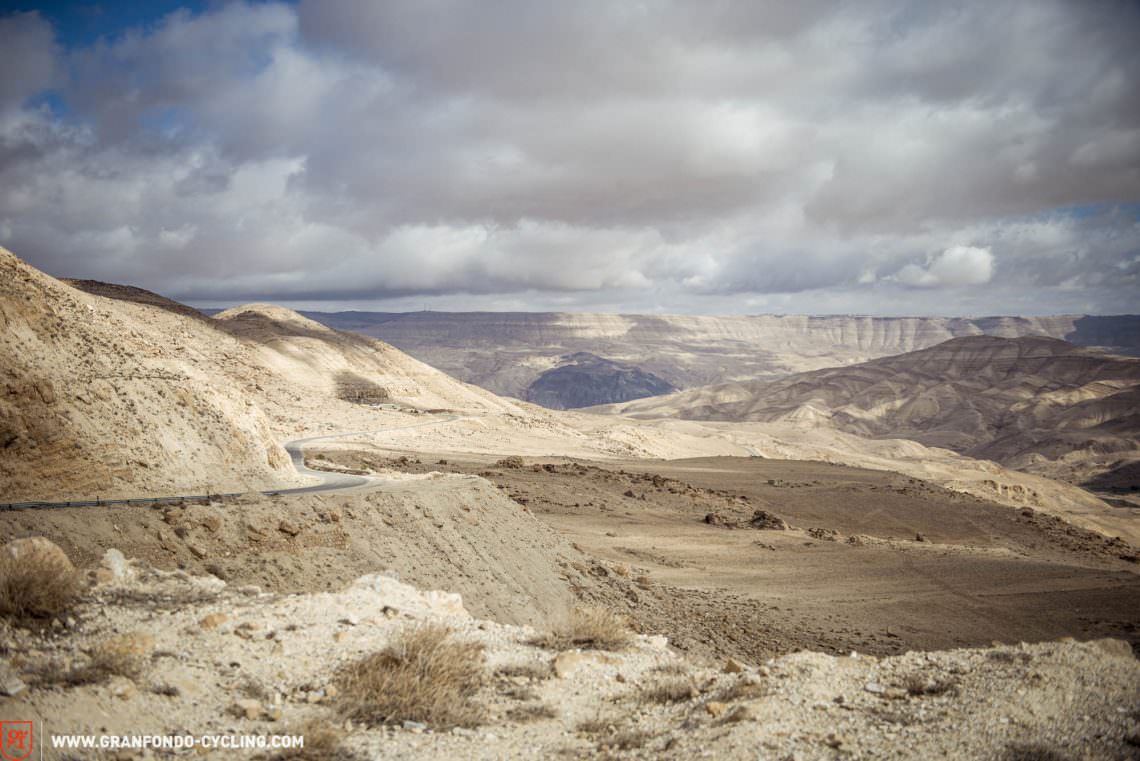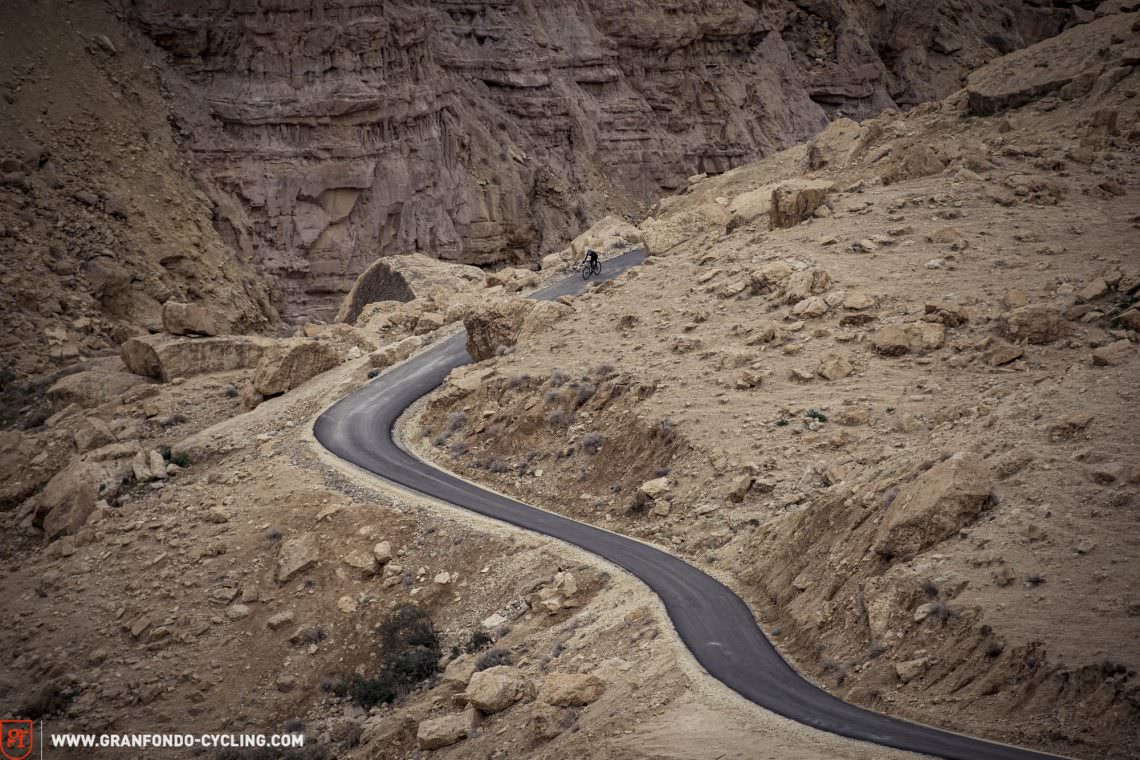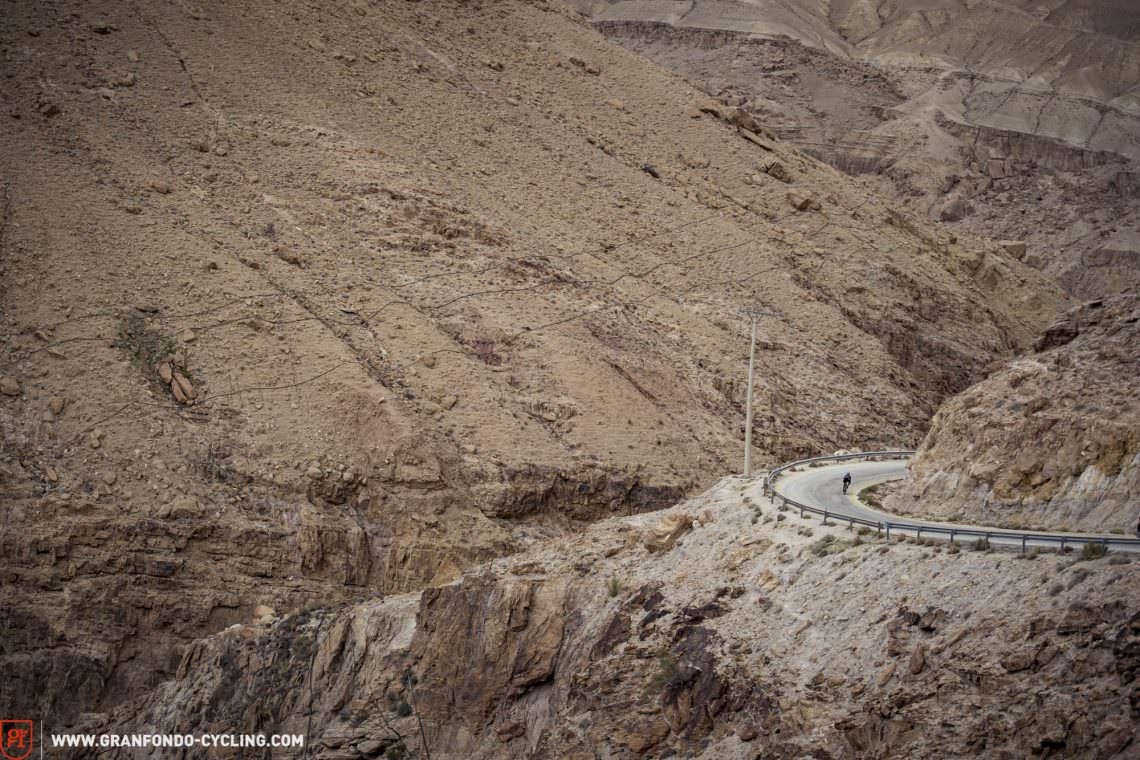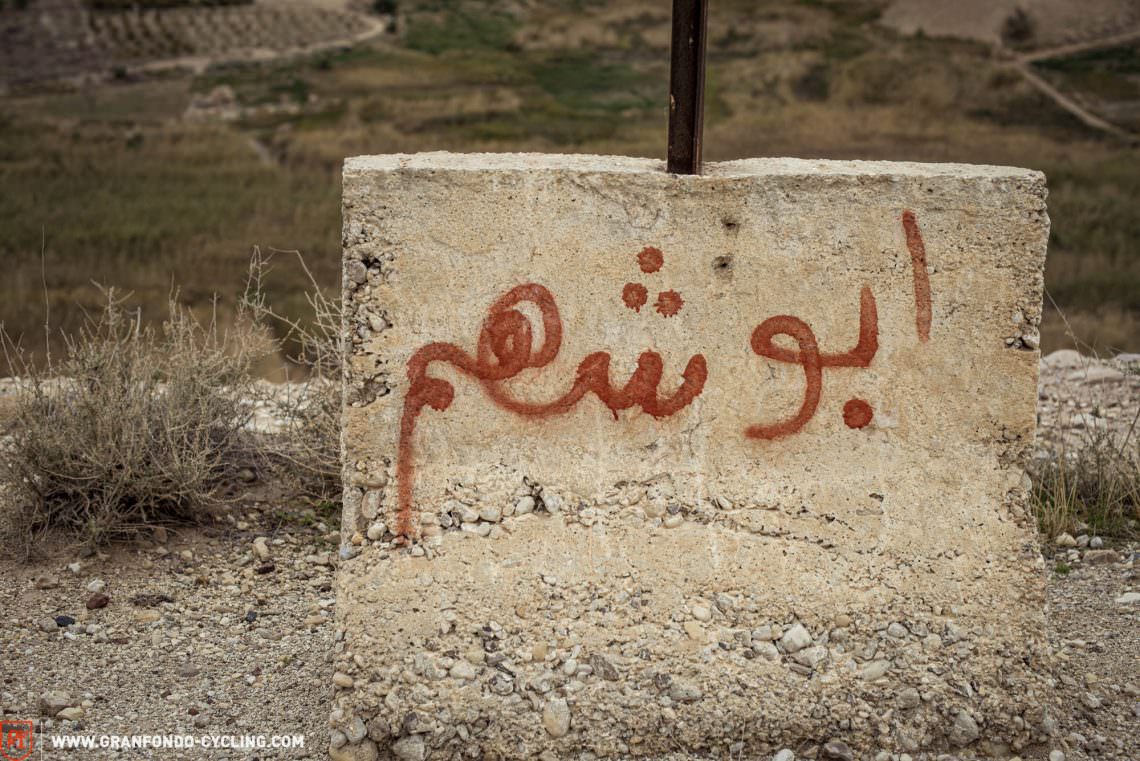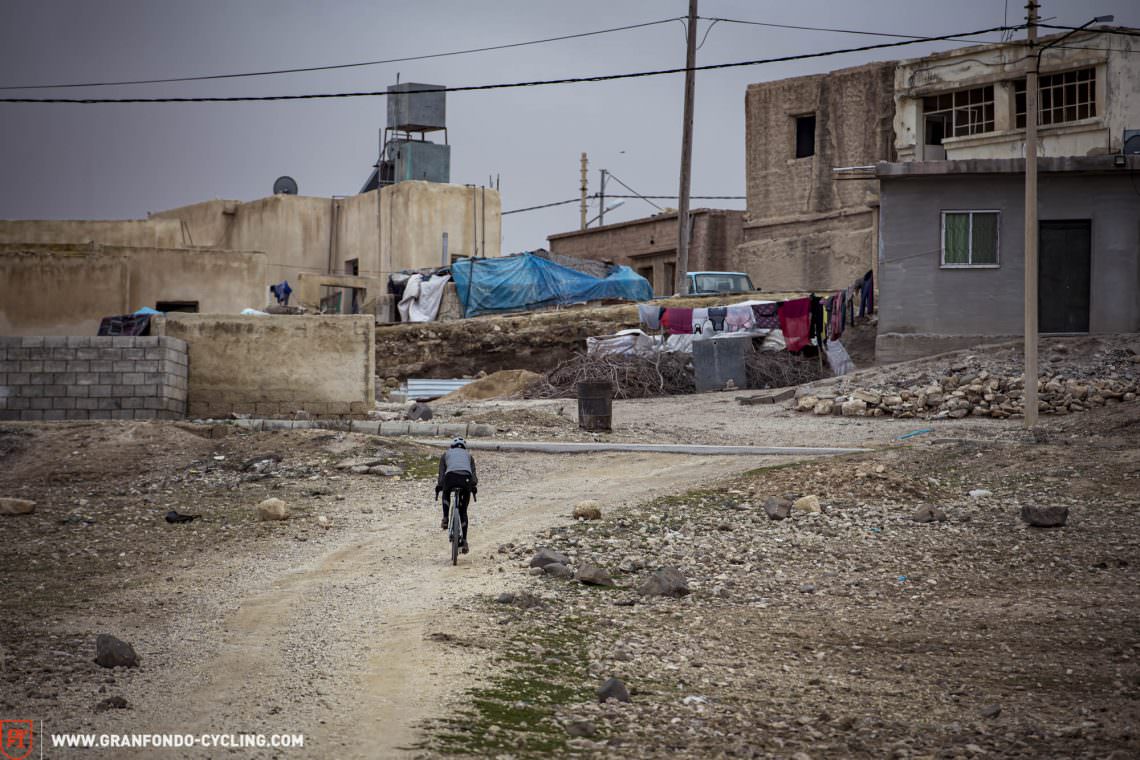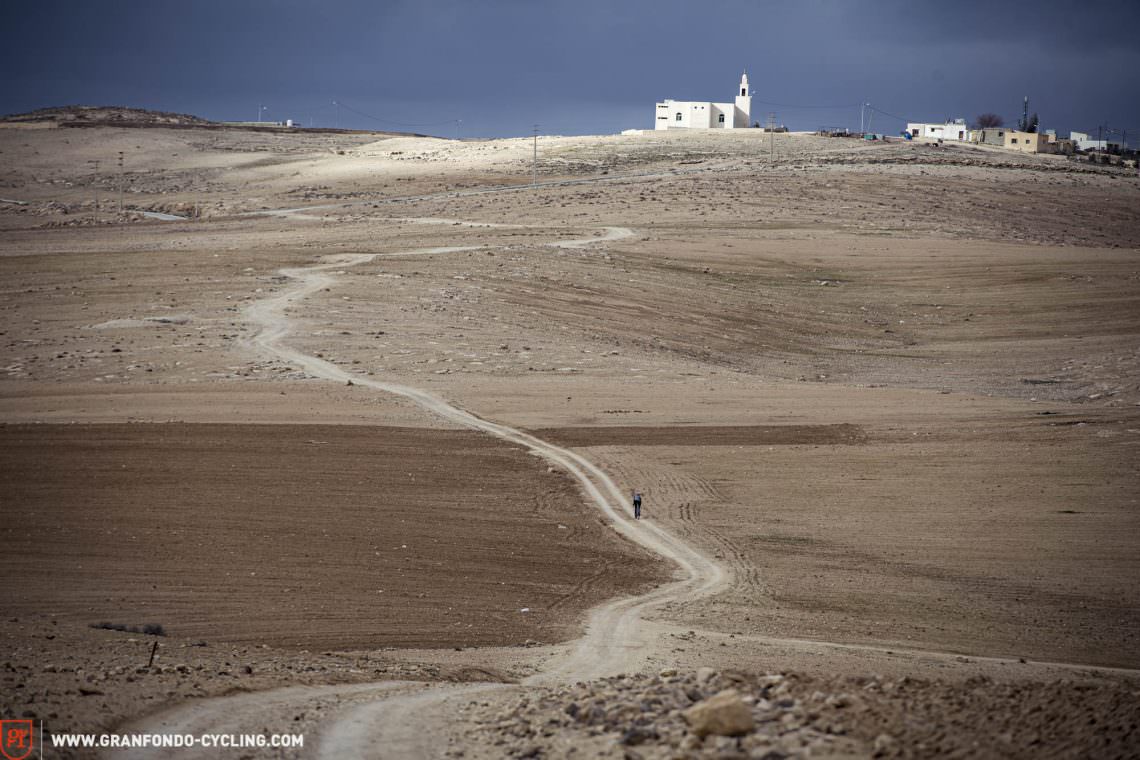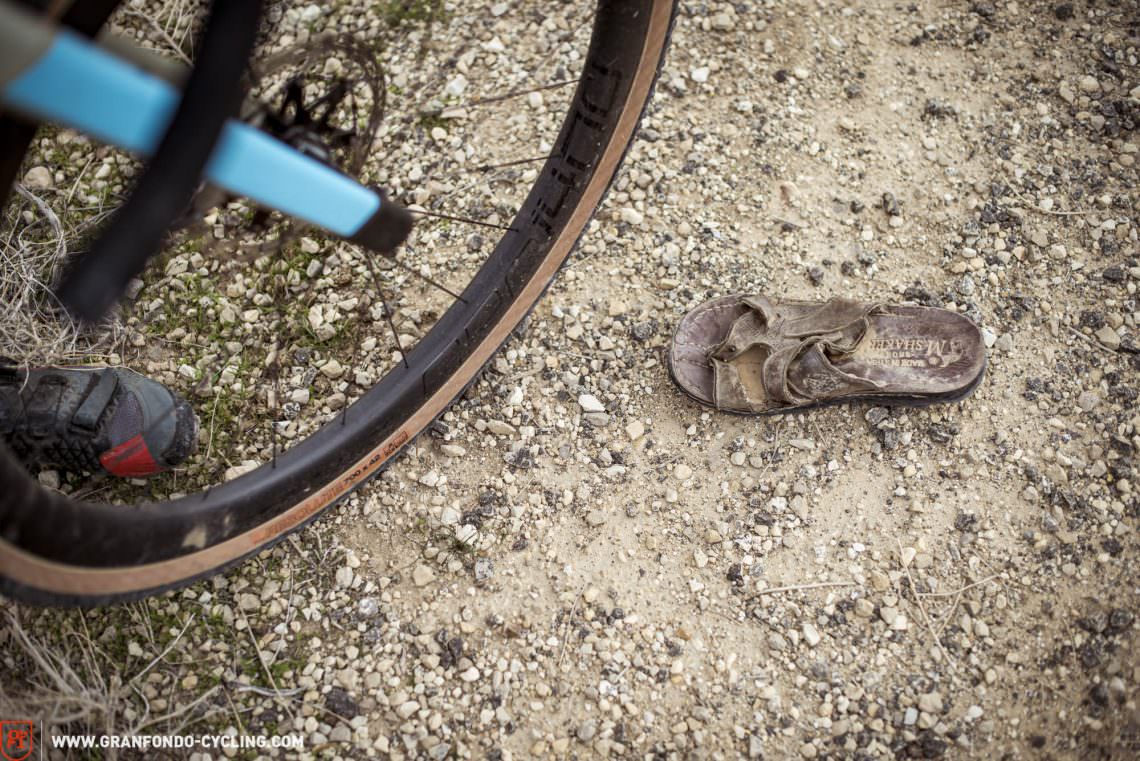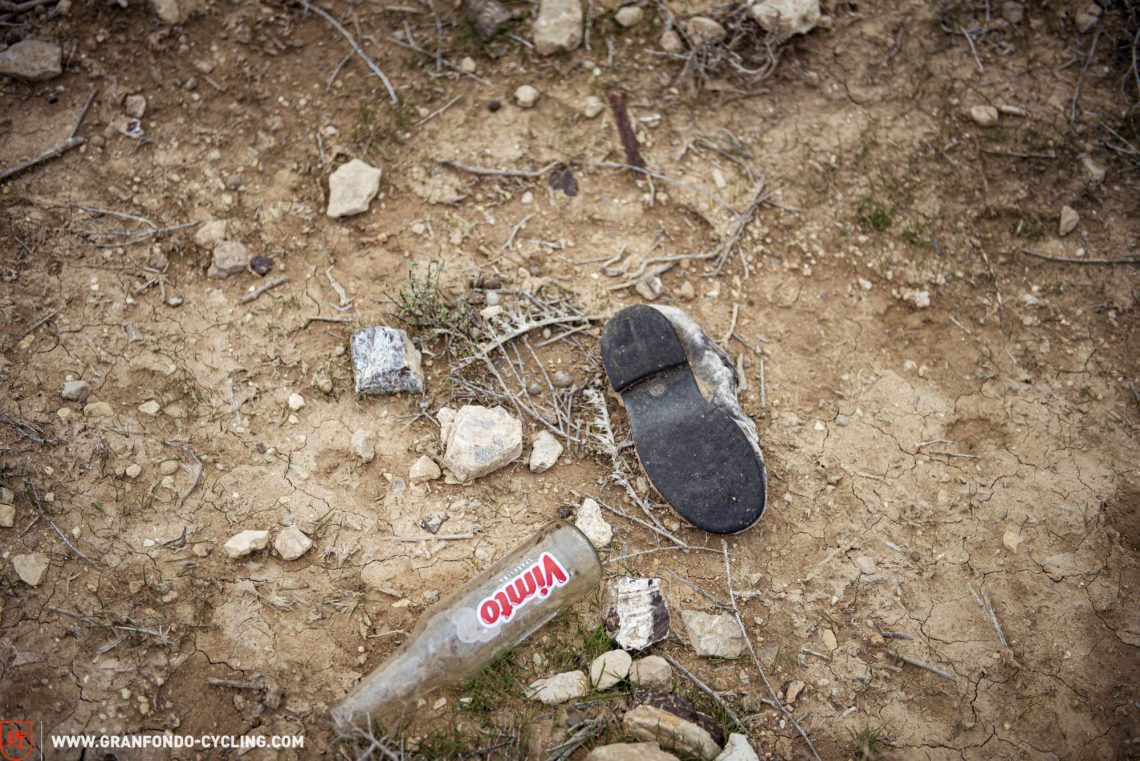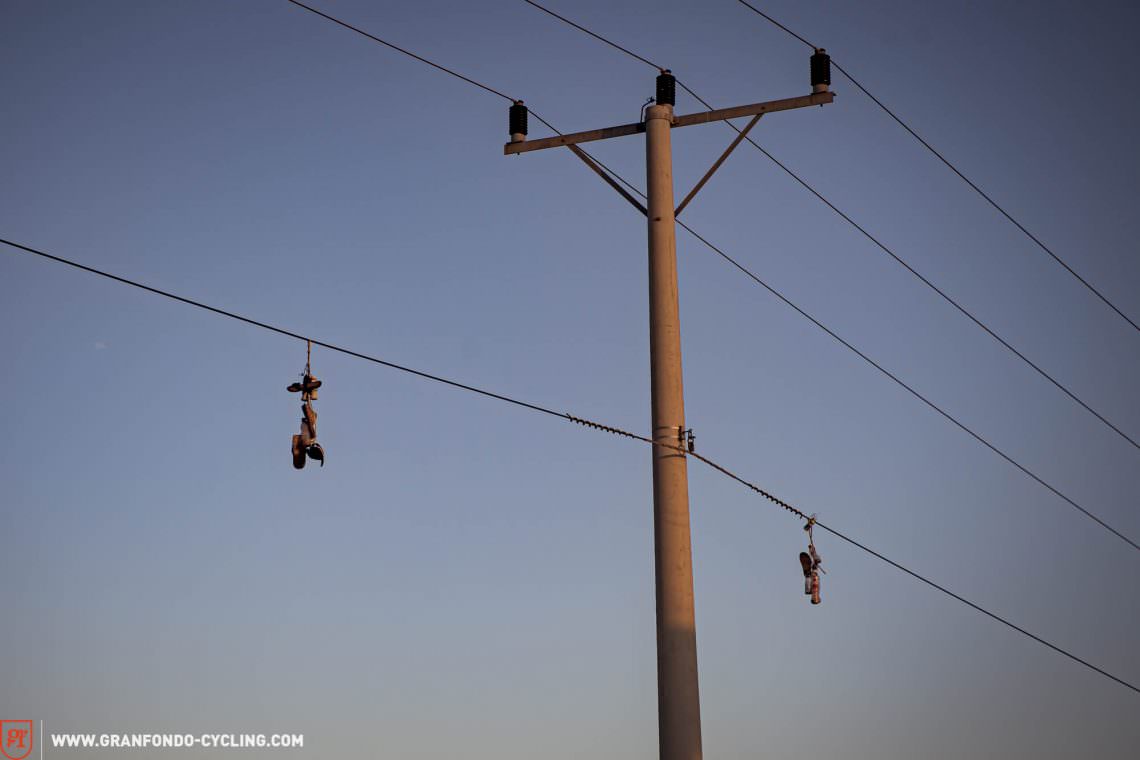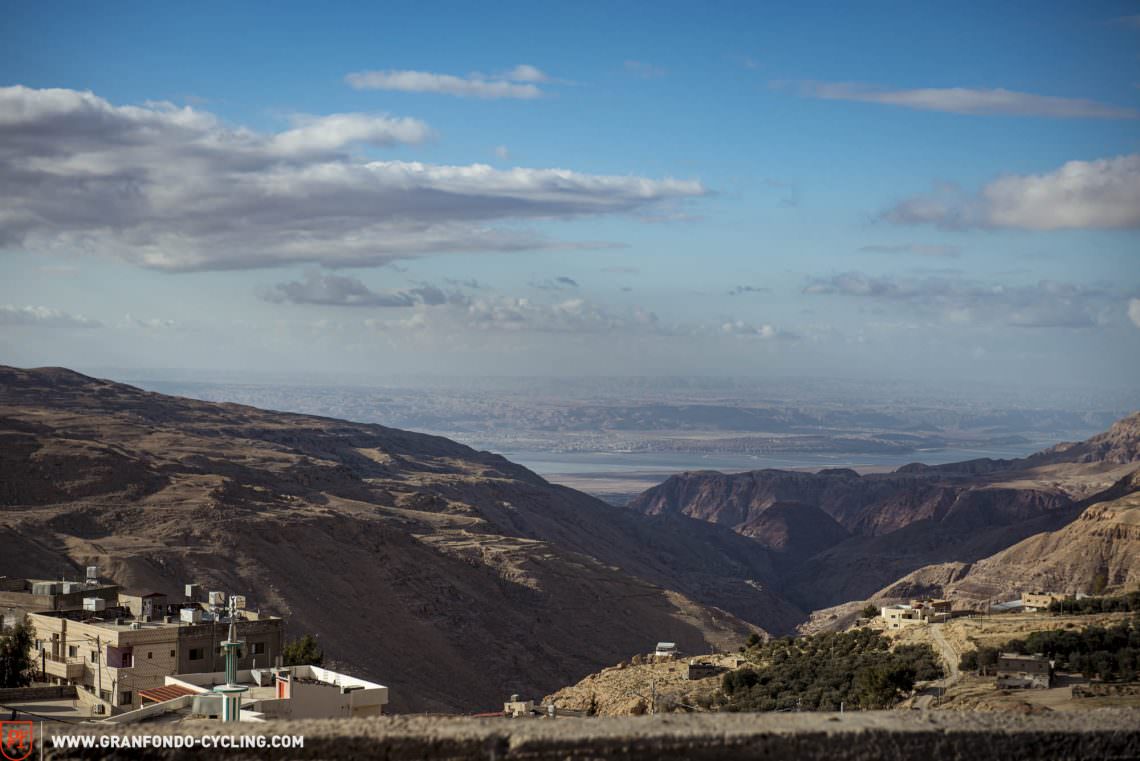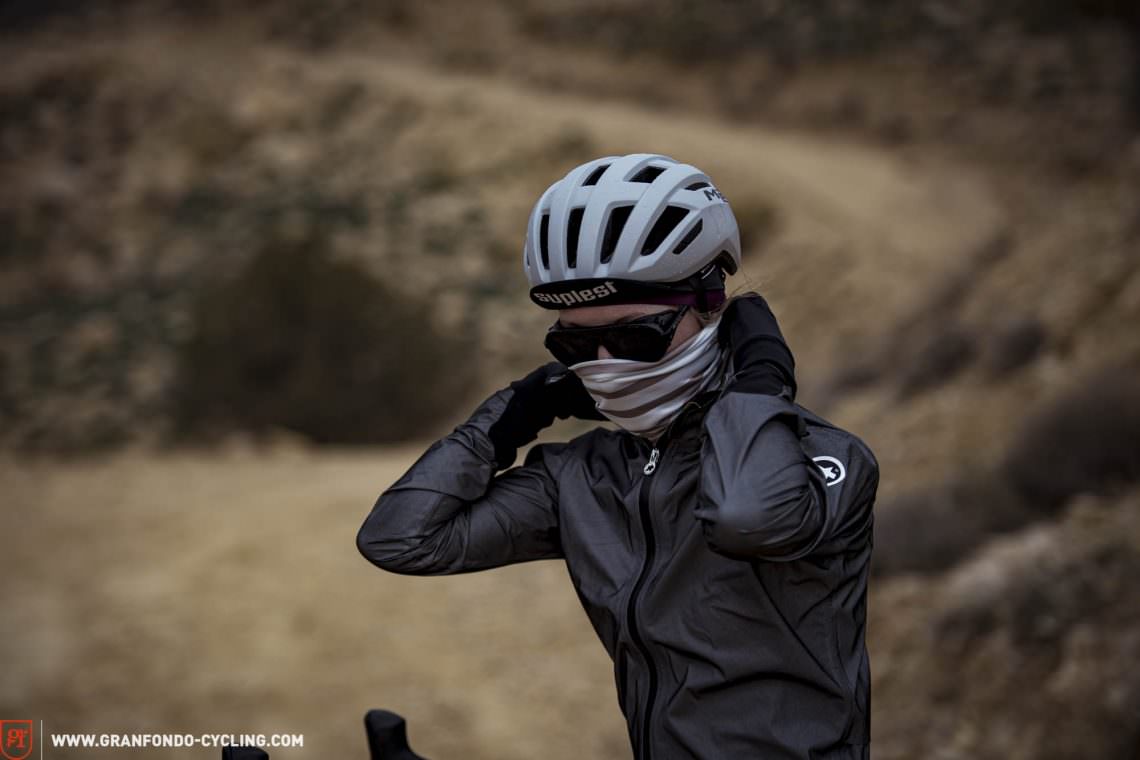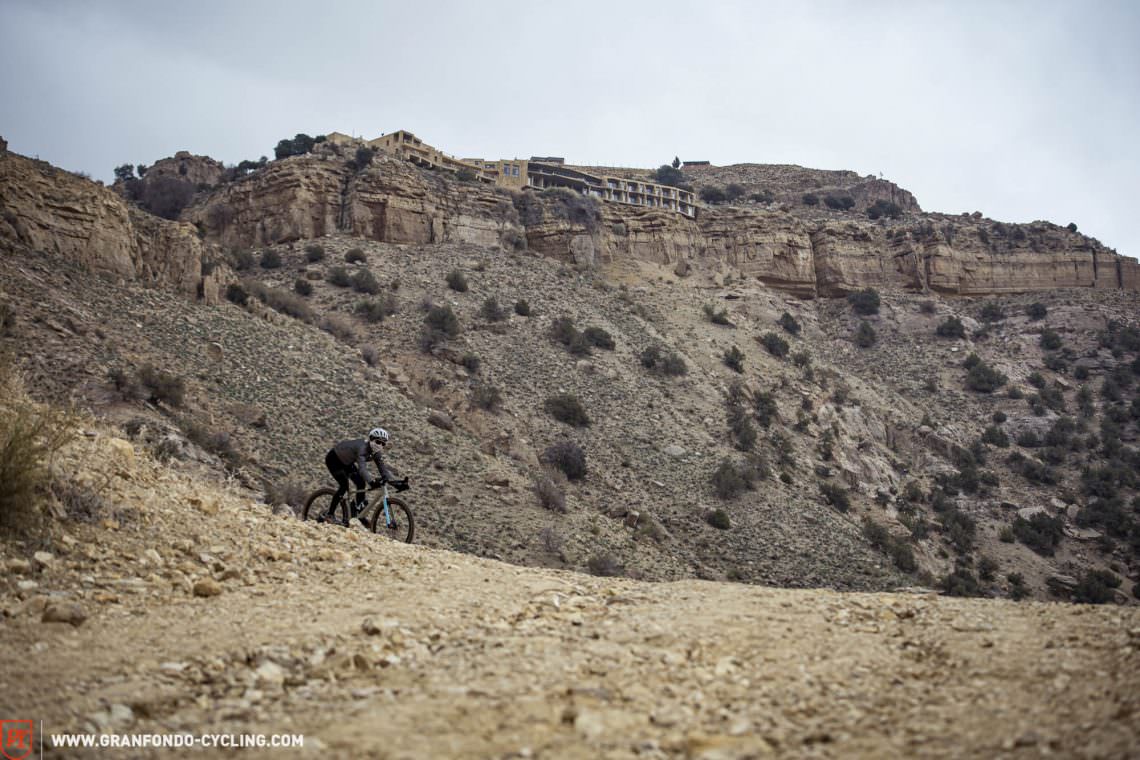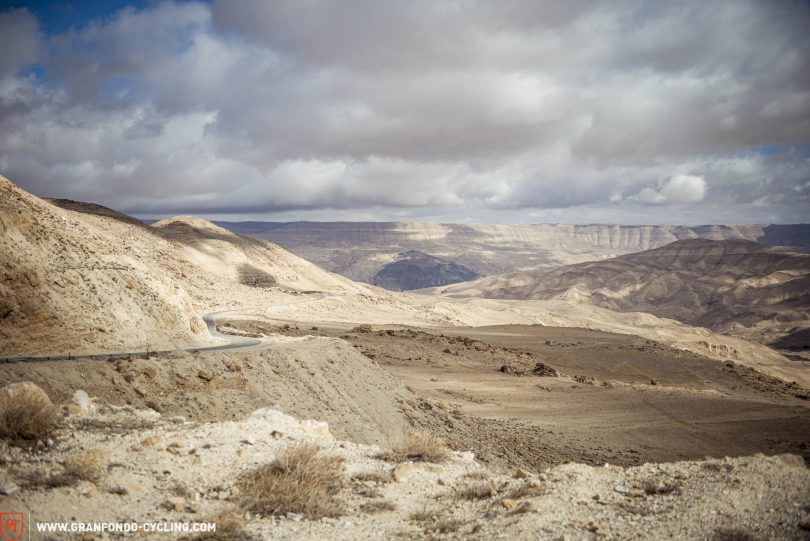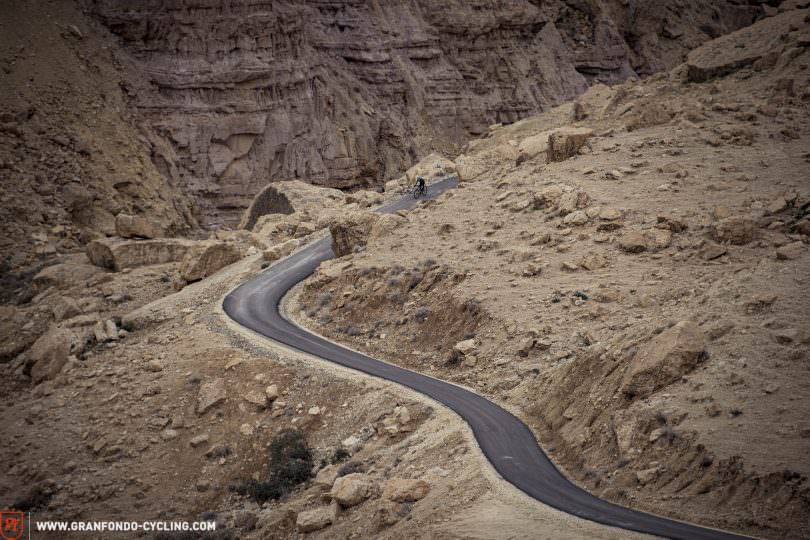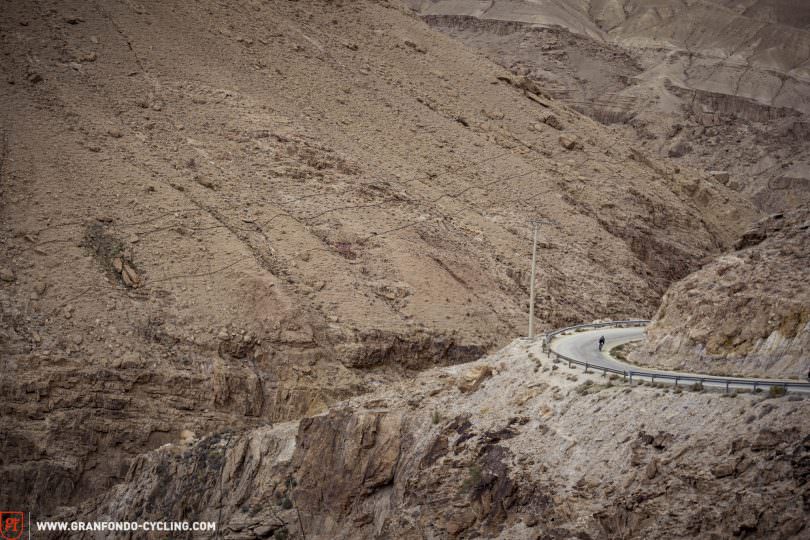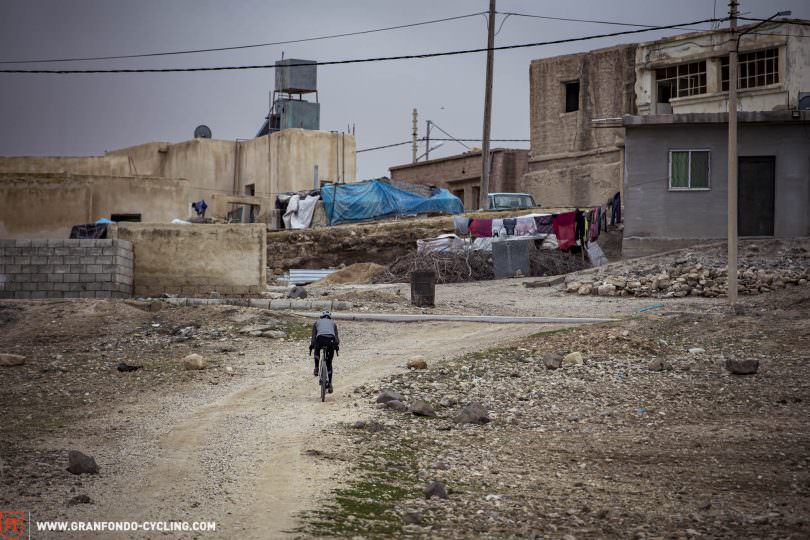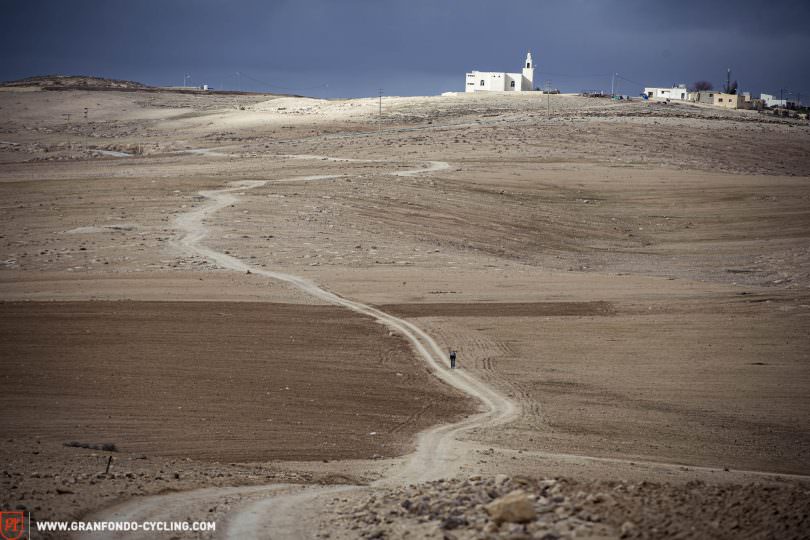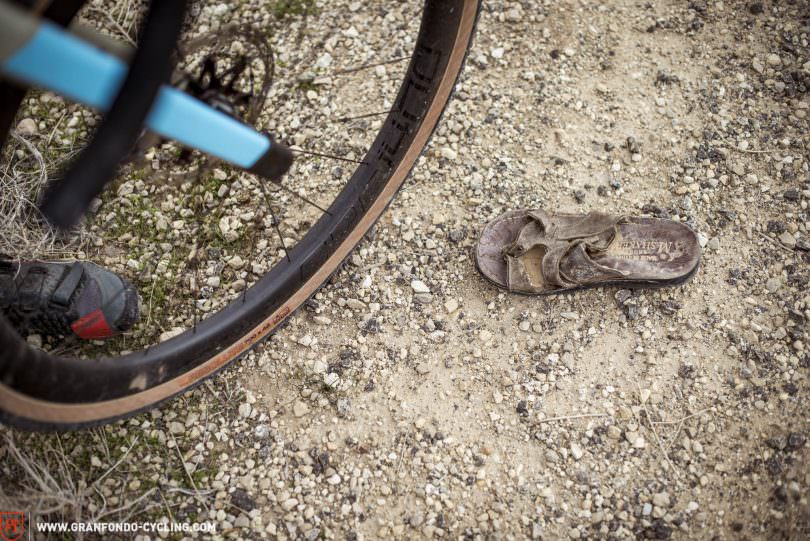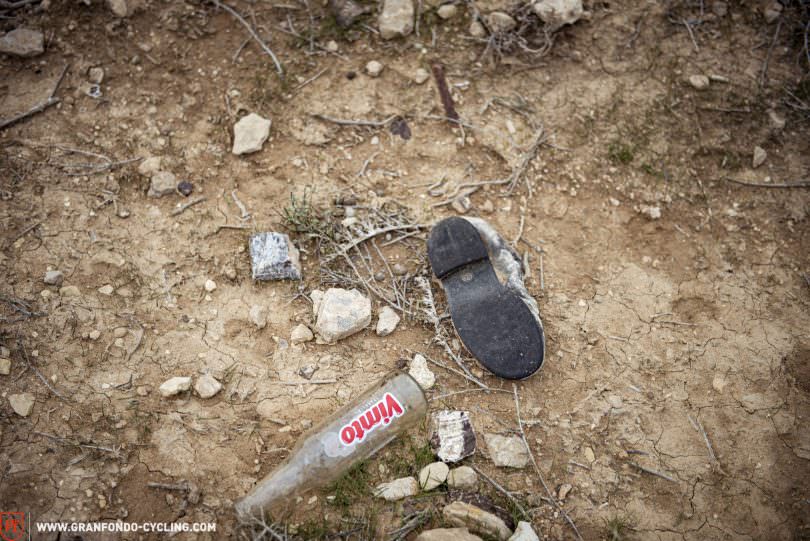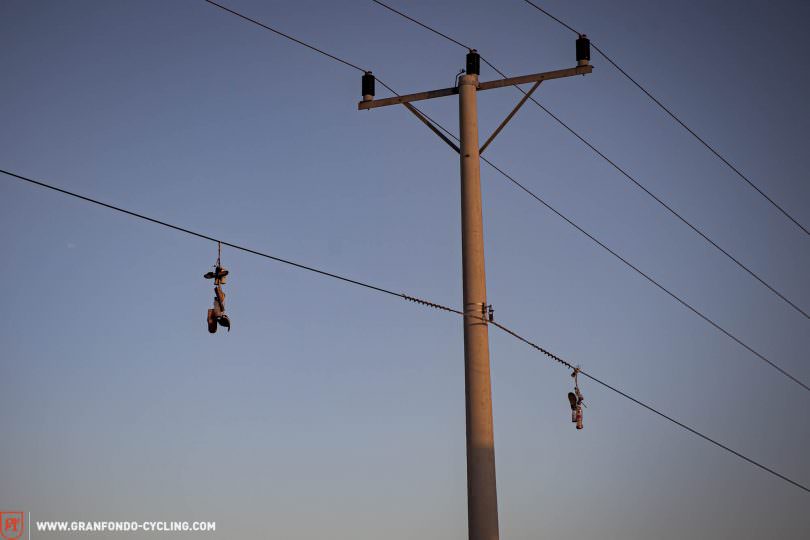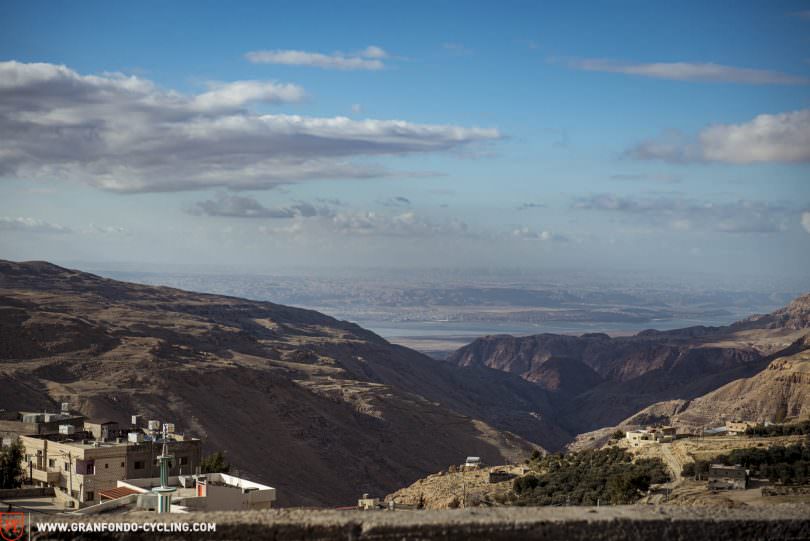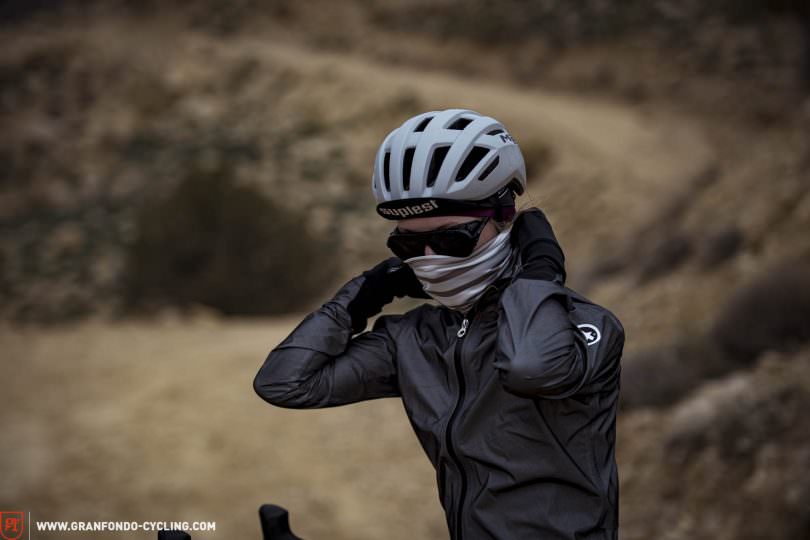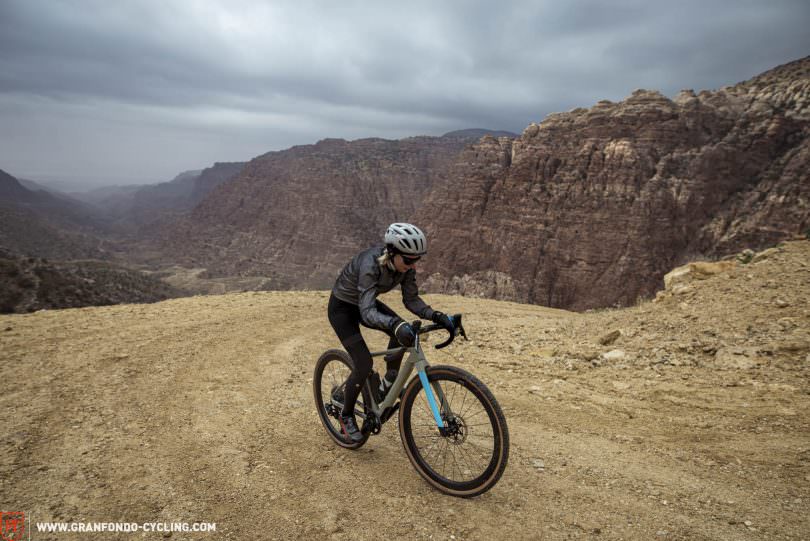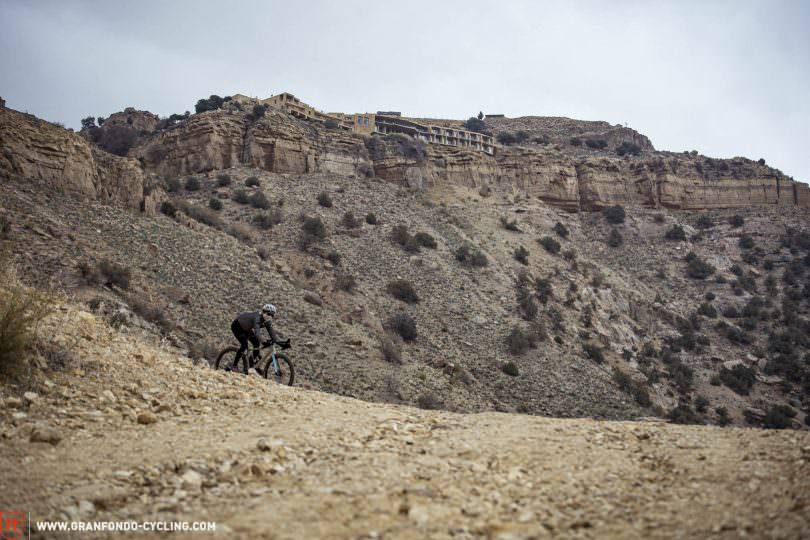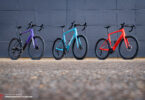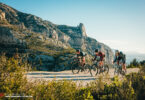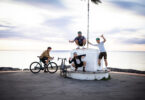Jordanians know hospitality. They know how to cook fine cuisine in an oil drum in the desert. They know about reading the stars and where best to pitch a tent for shelter. But they have no idea about the gold mine they’re sitting on when it comes to cycling. We went to find out where the treasure is hidden.

50km outside of Aqaba, we see our first camel. The sun beats down as we ride with the Palestine border on one side and a mountain range that forms the backbone of western Jordan on the other. We stop in a section of deep sand and pause for a moment, trying to comprehend the neverending vastness of the landscape. The drone of a motor interrupts our thoughts and a white Toyota Hilux lurches into view over a dune. A staple in the Middle East, it pulls up and a window rolls down. The young male driver greets us in English. After the standard Jordanian opening card of “Where are you from?” is played, he pauses. After a quick glance over at his military uniform-clad passenger, he returns his gaze to us, “Do you want to drink some tea with us at our camp?”
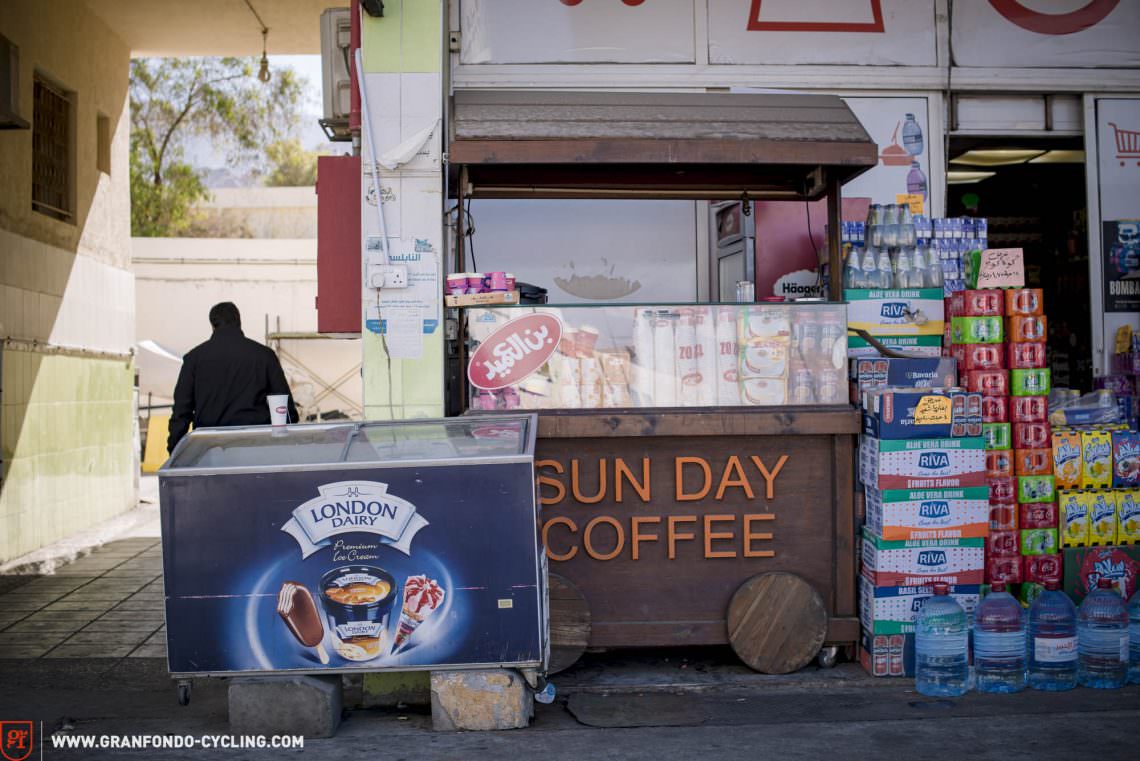
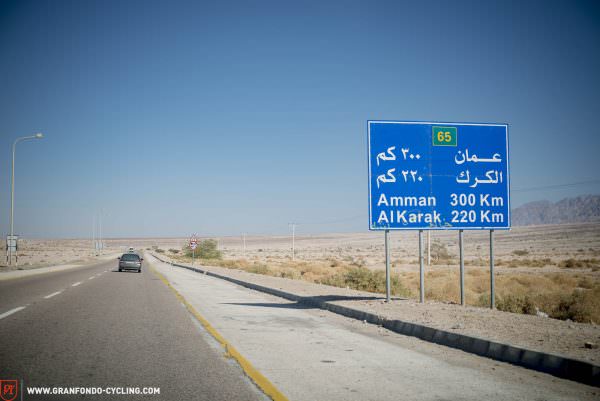

There are moments during any trip where you have the choice to stick or twist. This is the first one.
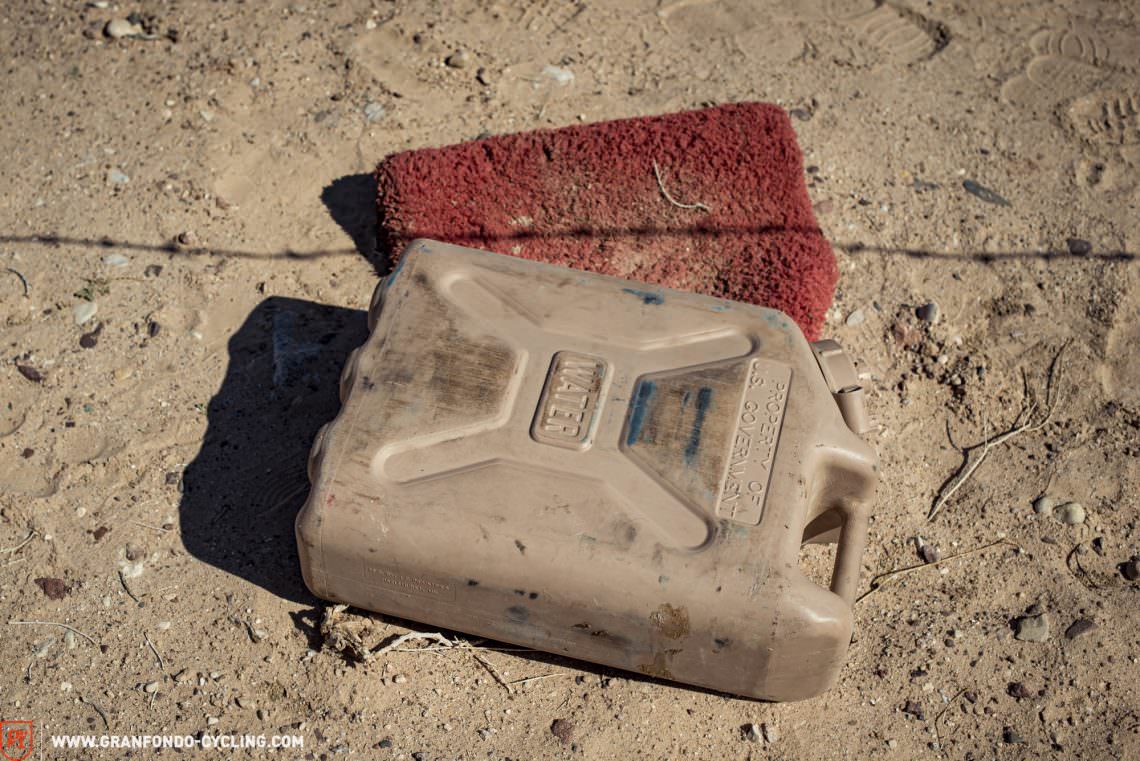
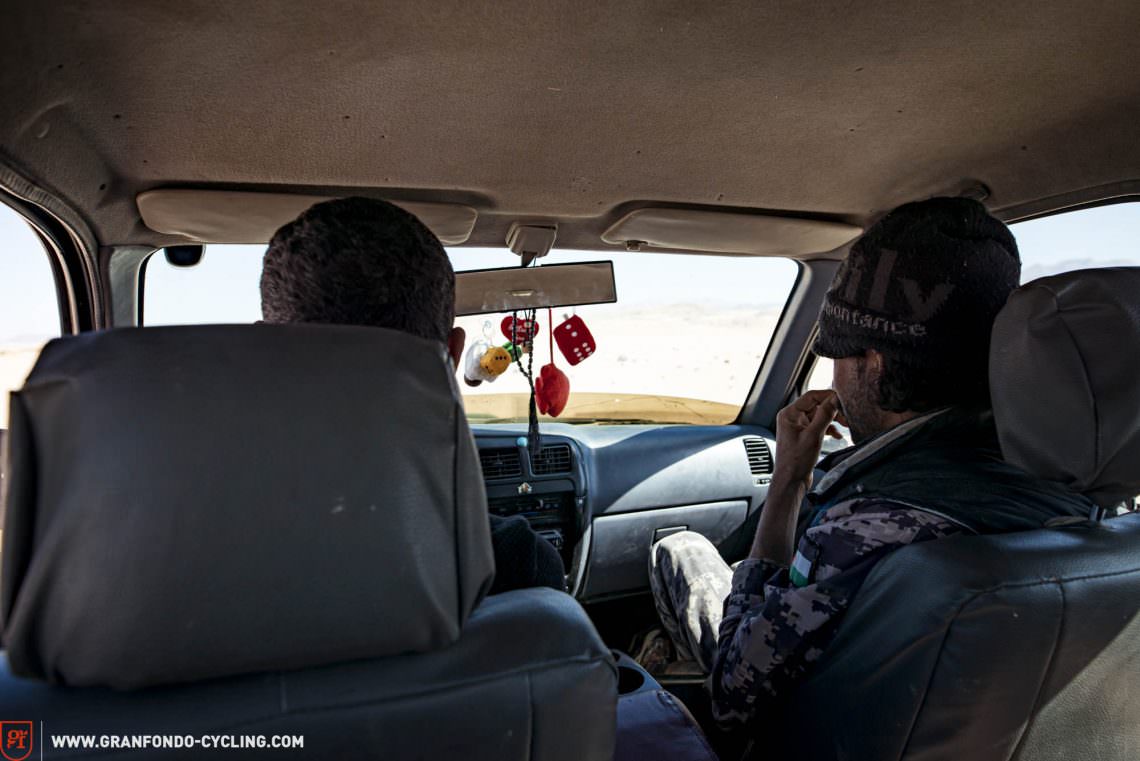
The question takes us by surprise. From what we’ve read, tea invitations are textbook Jordan, but we communicate wordlessly as we run through the FCO’s travel advice and warnings in our minds, considering the possible fate of our bikes, camera equipment and even ourselves. But it’s too tempting. We nod in agreement, “Yes, šukran.” At that moment, our week-long trip to Jordan, an exploration to see if the reality of this Middle Eastern country lived up to what Google Street View promised, would begin to be shaped in ways we could not have imagined.
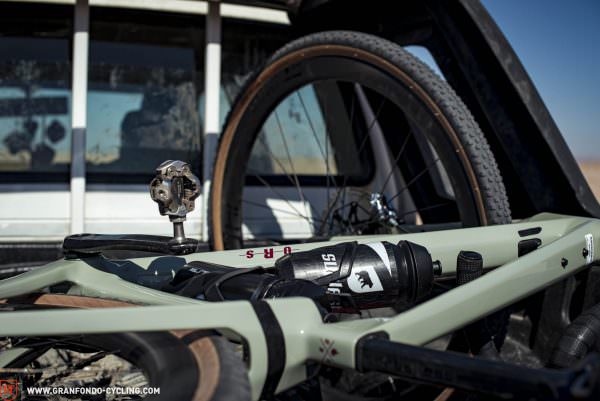
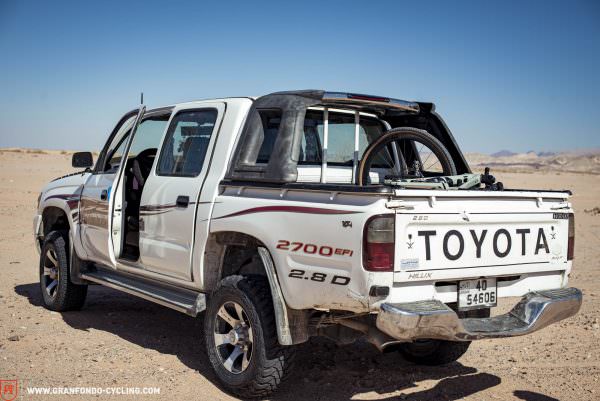
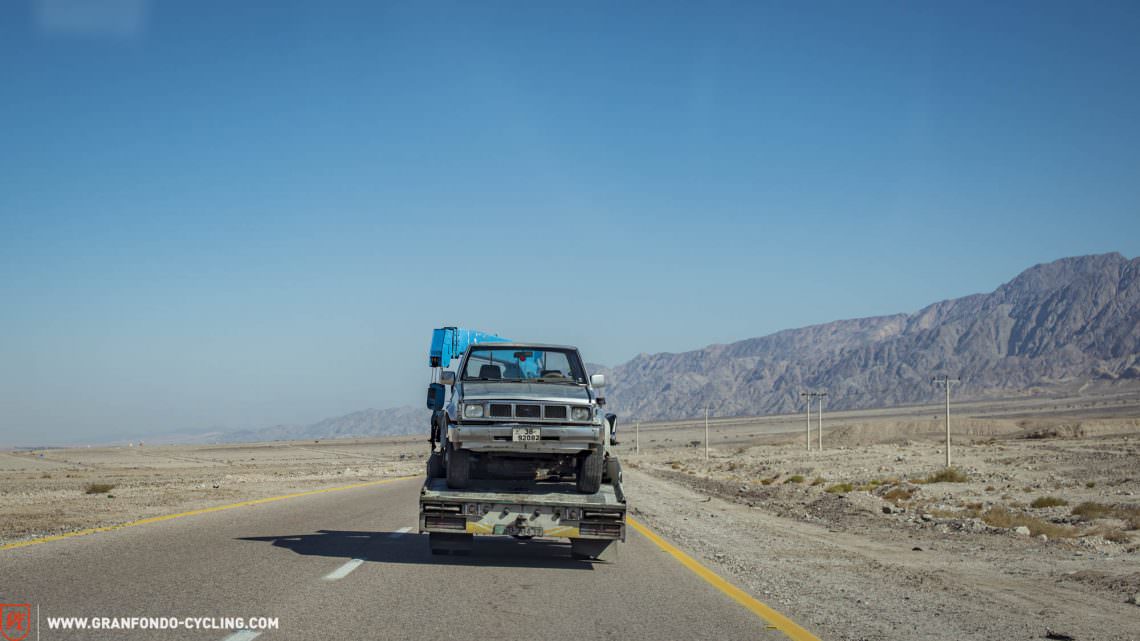
When you sleep in a house your thoughts are as high as the ceiling, when you sleep outside they are as high as the stars. – Bedouin proverb


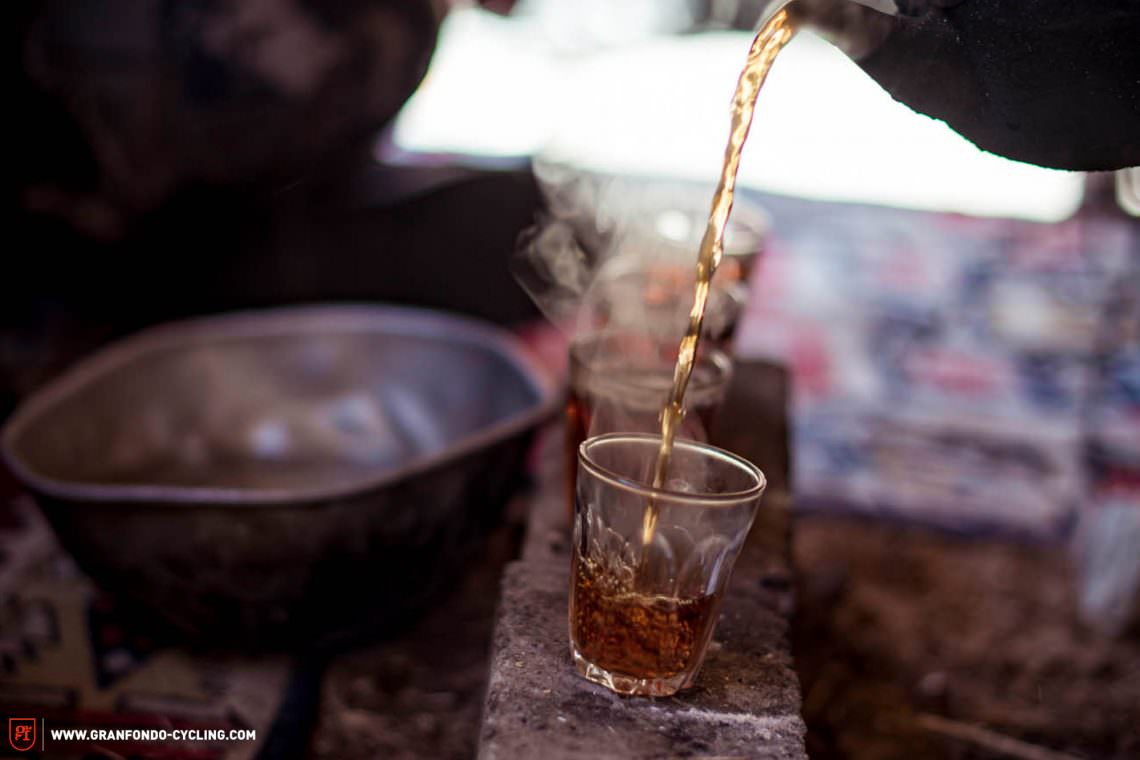
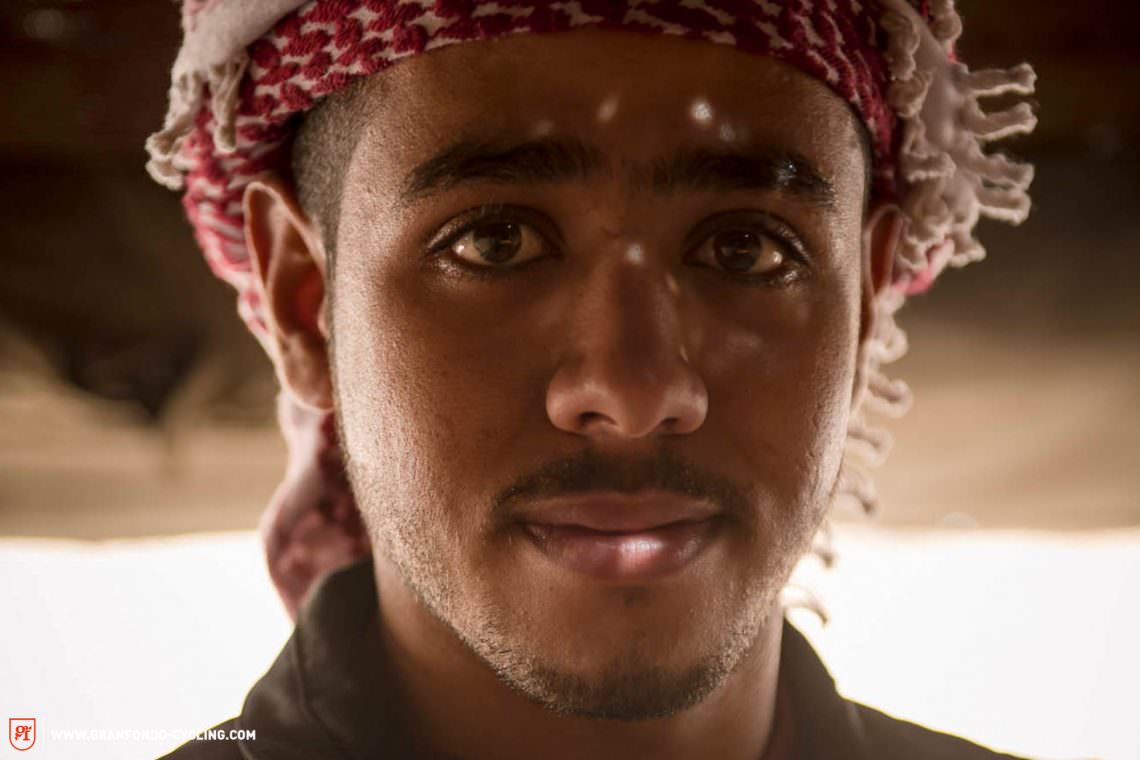
It wasn’t just the cut-price Easyjet flights to the coastal city of Aqaba that had lured us to Jordan. Street View does wonders for this young country’s limited focus on cycling tourism. Sitting on the Western edge of the Middle East, neighbouring Israel to the west, Syria to the north, Iraq to the east and Saudi Arabia to the south, the Hashemite Kingdom of Jordan promised us amazing riding, sweeping hairpins and long, long climbs that are largely unmapped and aren’t exactly crawling with people chasing Strava segments. Just as the recent Iran–USA crisis was playing out, we trawled Street View and reassured our families that we’d be safe.
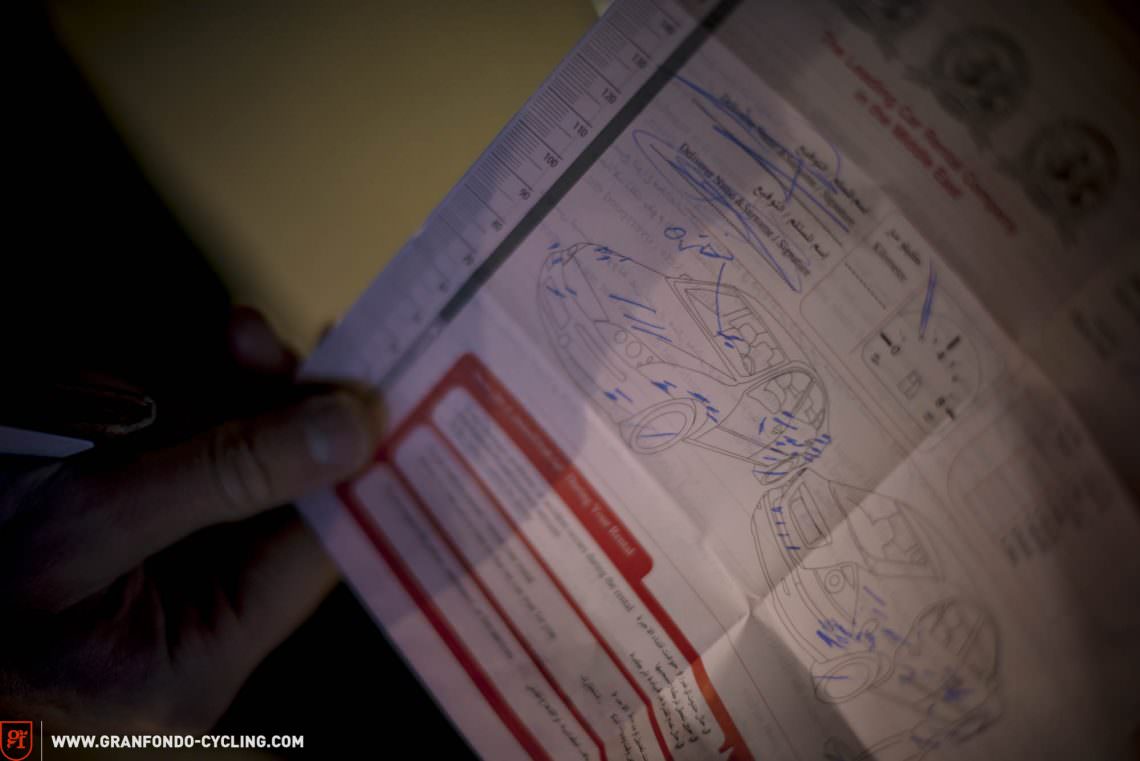
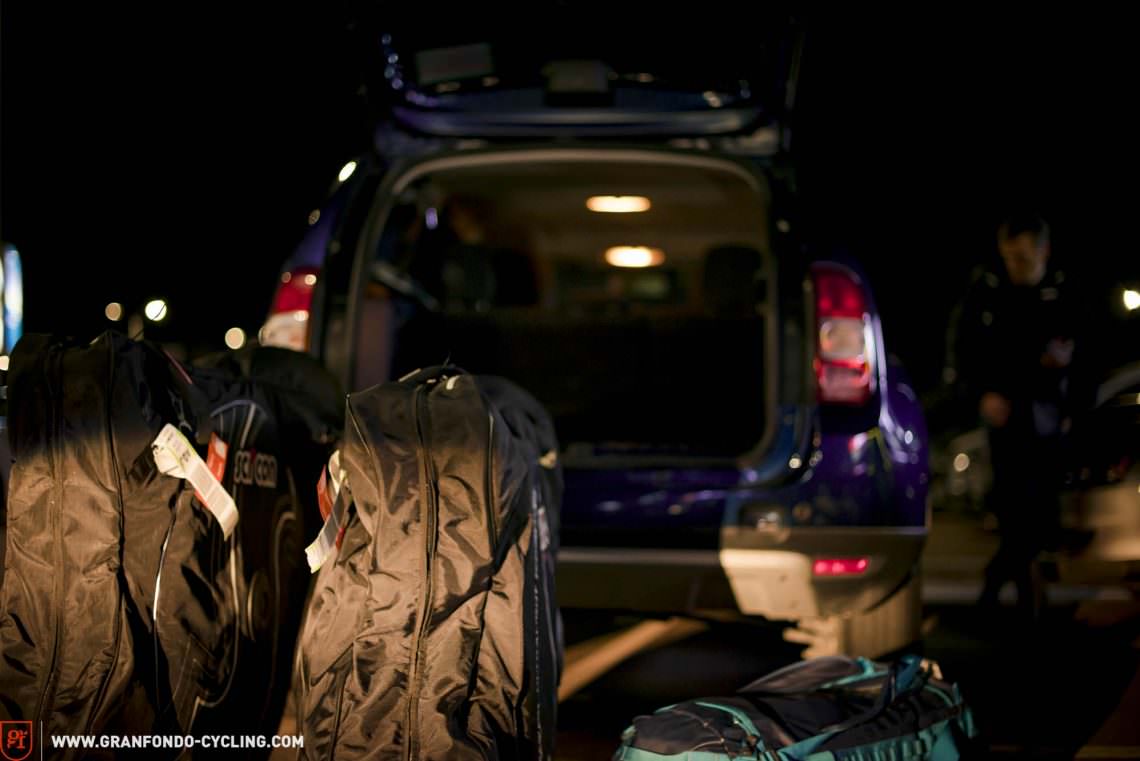
After the long, straight road from Aqaba, the refreshment is welcome. We sit on the floor in the camel herder’s tent drinking tea served in tiny glasses and heaped with sugar, which our host assures us will give us energy for our onward ride. Essa works hard to translate the questions flying back and forth, as others from his Bedouin tribe join our break. Questions abound about our trip and riding in Jordan, with a mix of bewilderment but also openness that this less well-known form of transport could actually be the ideal way to get a feel for this young country.
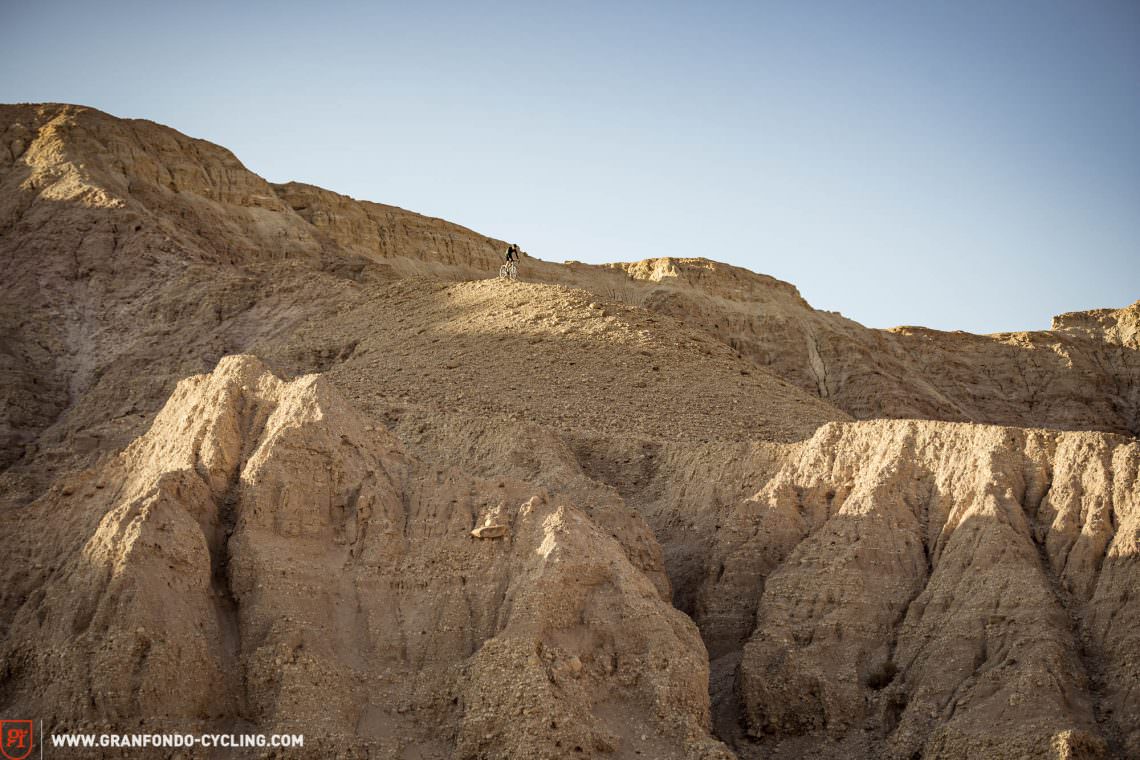
While planning this trip we found that Street View could only tell us so much, because there is a veritable blackhole when it comes to finding out about cycling in Jordan. But as we are not bikepackers and this was not a bikepacking trip – somewhat digital nomad-esque, we still had our daily work to do – we weren’t planning to go super lightweight on an A-to-B ride. Our decision was to test the water, find accomodation where we could and use a series of day rides to scout the roads and gravel that Western Jordan has to offer.
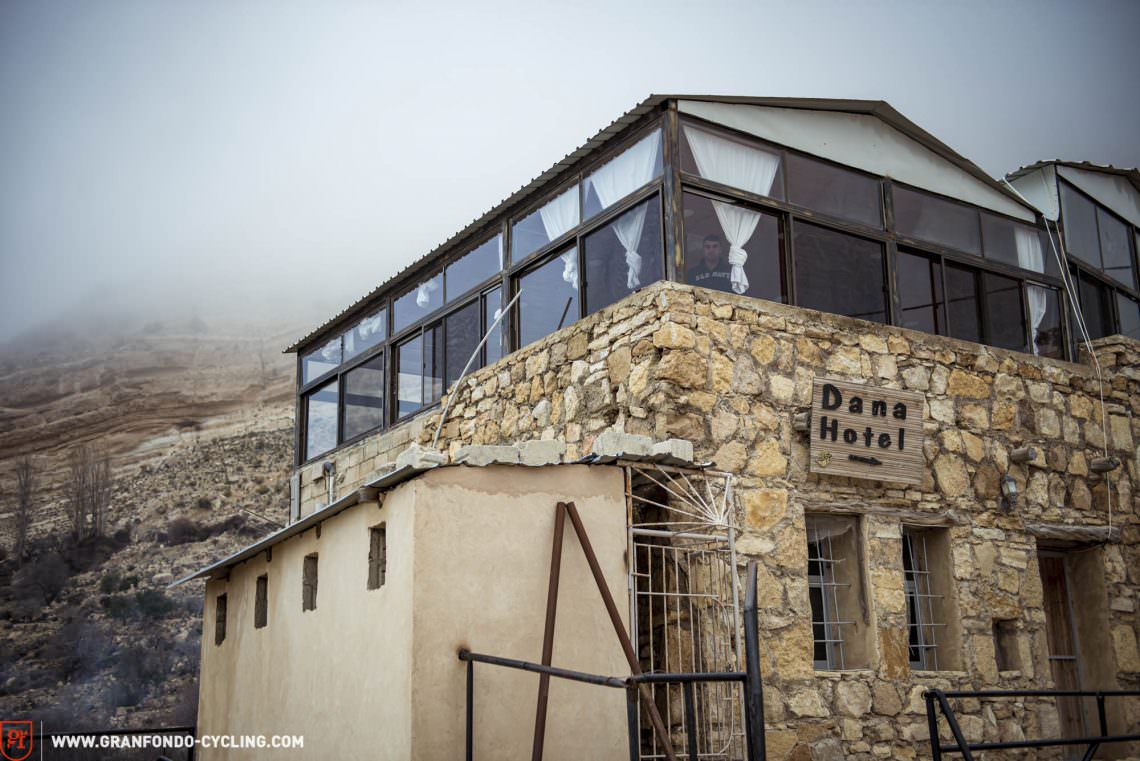
It was clear from our research that Jordan is a land of contradictions. On one hand you have the organised boutique tours, staying in expensive eco-lodges and deluxe Bedouin camps, all of which are of course very Instagram-friendly. On the other hand, you have a host of potential homestays and cooperative hotels that allow adventurers to taste a more real version of Jordanian life.
And this theme of contradictions seemed to run true for the recommended locations too. From the must-visit staples of the Dead Sea (worth it for half a day), Petra and Wadi Rum (you can’t ride your bike here anyway), which make up the ‘standard tourist triangle itinerary’, to our significantly more open option of picking promising routes and then finding accomodation around them.
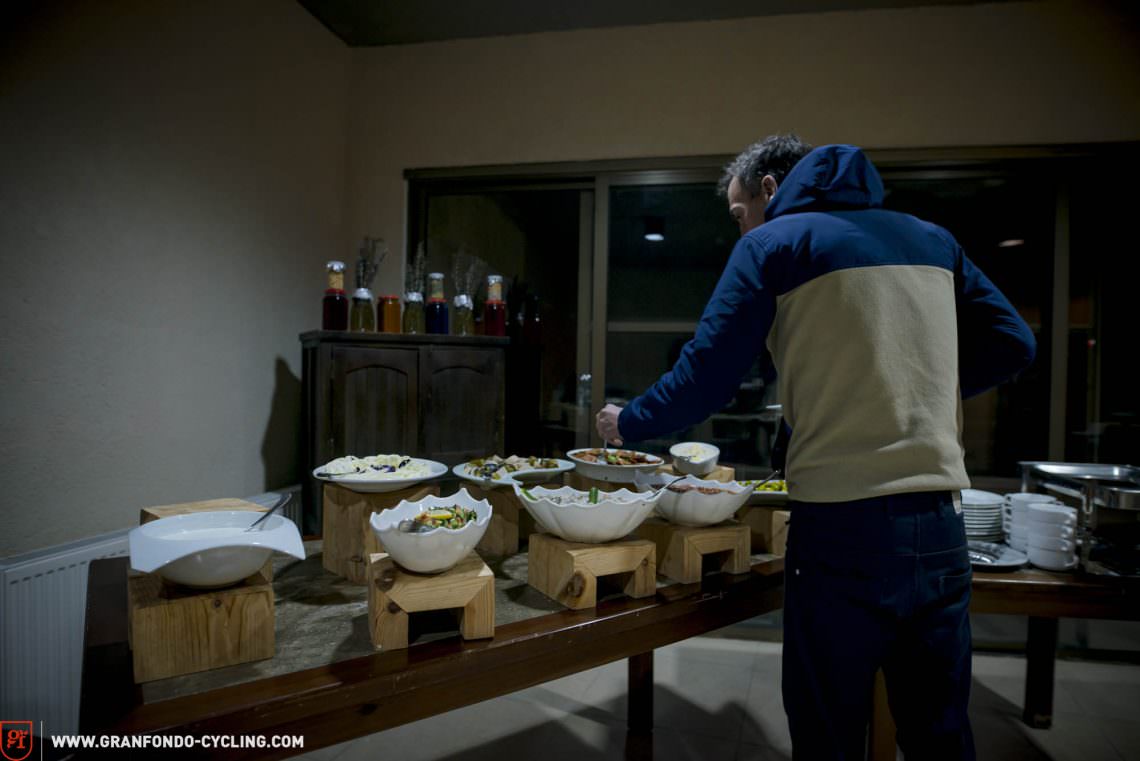

Back in the desert and our hosts had kindly dropped us back at our impromptu meeting point. A new friendship was firmly cemented with young Essa, the 18-year-old Bedouin tourism student who was keen to share his knowledge with us and well-versed in the lexicon of sand-conditions-for-cycling. He directs us northwards to Dana, but also persuades us to ride back later in the week to visit him in Feynan and ride bikes.
We carry on along the straight road from earlier that day towards the Dead Sea. From the bottom tip, we loop northwest to our second base for the trip, Dana. The road that climbs up onto the ridge is beyond beautiful. With the sun setting and the rock formations becoming increasingly more spectacular, we climb from one of the lowest places on earth, around 300 metres below sea level, up unrelenting grades. It is our first real encounter with Jordanian mountain road planning. Built mainly over the last decades along former mule tracks, they are designed to take the direct route with pitches that frequently exceed 20%. In this instance, we’re glad the surface is tarmacked.
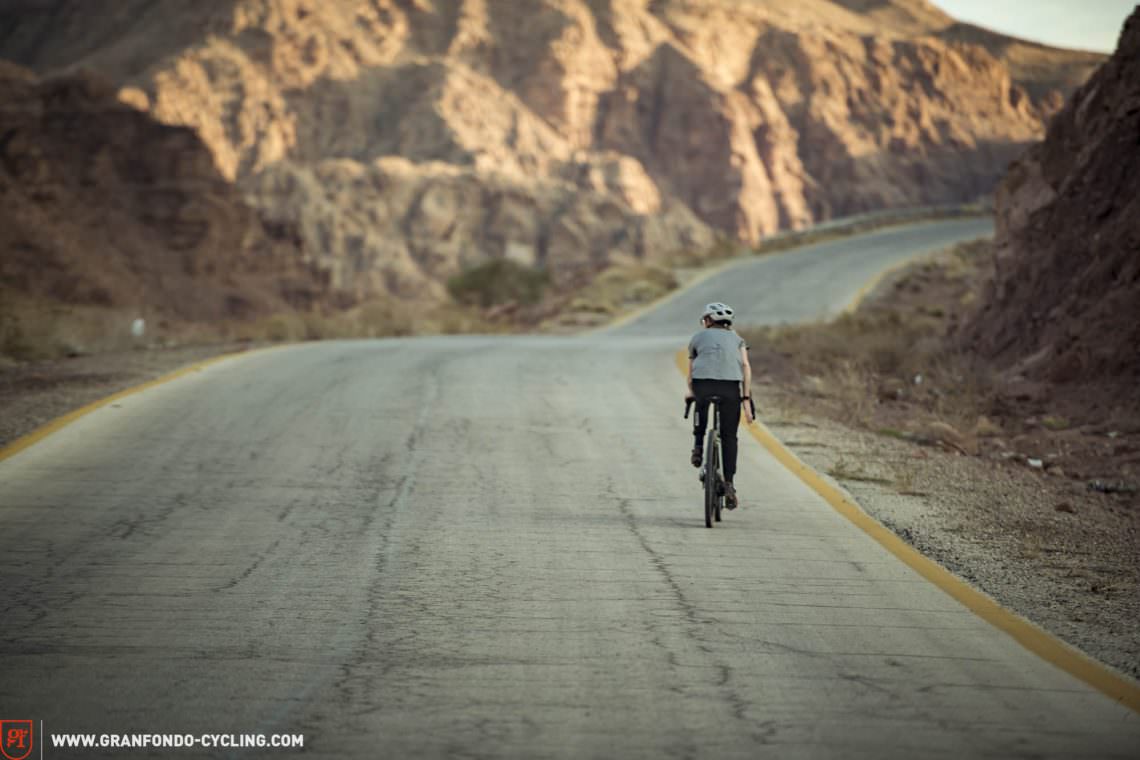
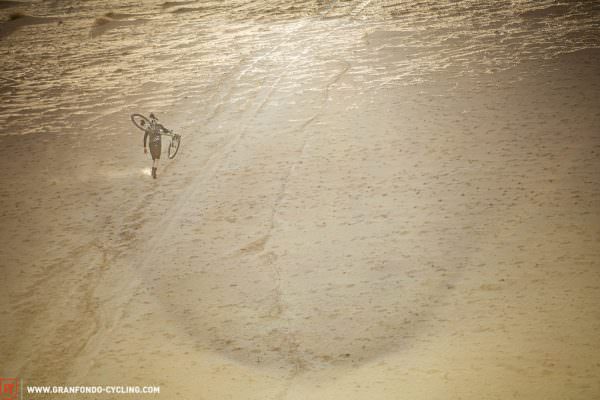

The ridge tops out at around 1500–1600 metres above sea level and the sheer drop down to the Dead Sea plains is unlike anything we’ve seen before. The haze from the heat of the desert below creates a shimmer that makes the ridge feel more like an island, where from the steep valley it drops off into what can only be described as the depths of a waterless ocean of haze.
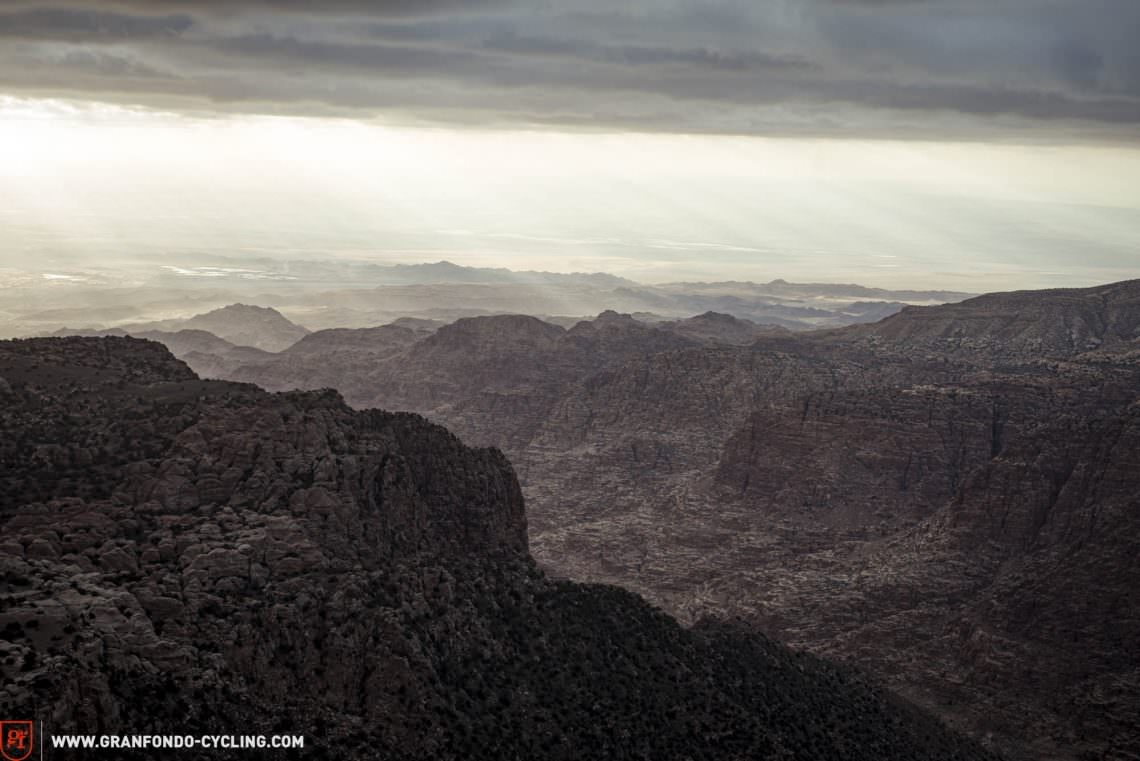
The sunset is breathtaking as the rocks catch the red glow of the dropping sun. But what stands out more is that it’s bloody cold up here now we’ve reach Dana Hotel. It’s hard to explain how this type of cold feels, but it’s amplified by the vastness of the space and lack of vegetation that reflect this emptiness. It feels like the void sucks the heat out of you. The owners of the cooperative-run Dana Hotel comment that snow isn’t unusual in January and there are remnants of the previous dump that we catch in our lights as we hunt for the small village, tucked in the steep slopes. Their warm welcome takes an edge off the bitter cold, as does the mouthwatering dinner.
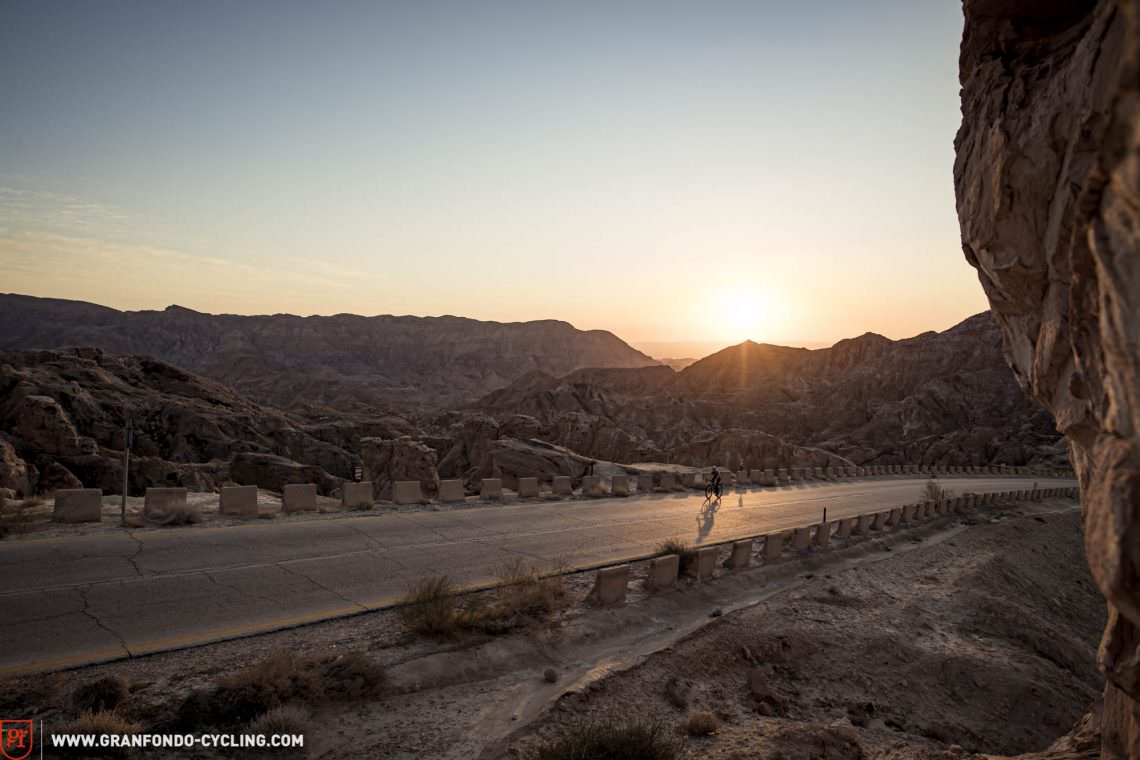
The reason that we’ve climbed from the Rift Valley and are now close to the rift flank is that Street View and Google Earth had promised a particularly lust-worthy road: the Kings Highway. 280 km in length, it’s the most major road we’ve got on the trip and runs straight down the middle of the country from Madaba to Aqaba. We’ll only do a stretch of it, preferring excursions onto smaller roads and gravel tracks. For these smaller roads, Street View is no good, so we rely on Komoot, local knowledge and gut instinct.
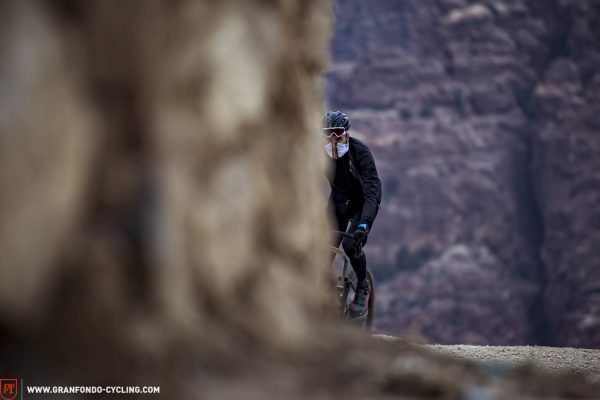
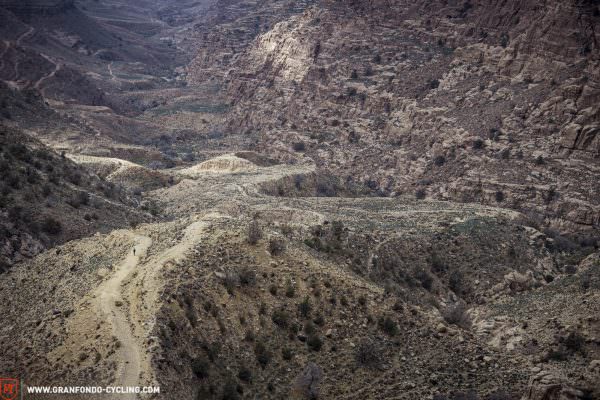
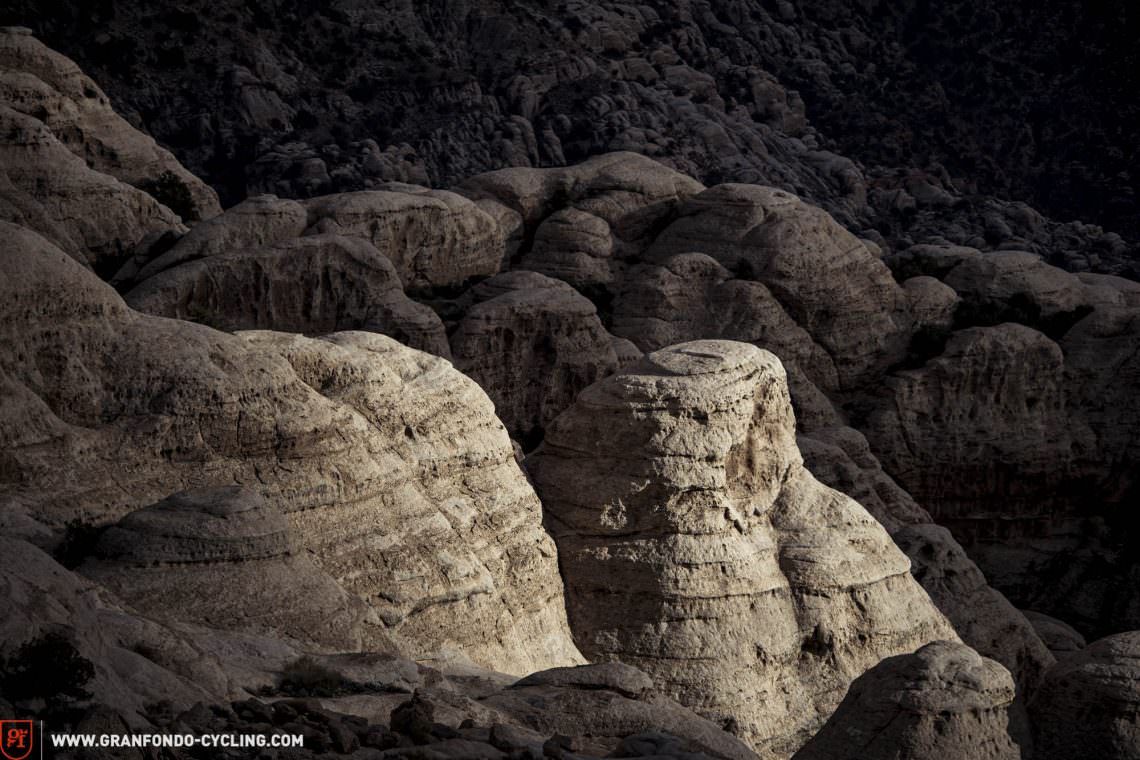
Our days fall into a routine. Wake up, warm up, feast on a Jordanian breakfast, check which route is possible and see where our curiosity leads us. There are a lot of dead ends and u-turns as roads or gravel that we try turn out to be impassable. But there is something that feels productive about this. We know that Jordan is not known for cycling, so we feel like pathfinders for our sport. And even if we have to turn around, the views, roads and gravel are so stunning that the often mind-blowing and leg-exploding gradients are more than worth it.
There’s also the satisfaction that we’re not following the crowds or the ‘done’ tourist trail around Jordan. We take unknown turns and ride by endless Bedouin camps where kids come out to cheer us as we ride by. We often have standoffs with aggressive dogs and embrace every tea invite as the rich, warm welcome that it is.

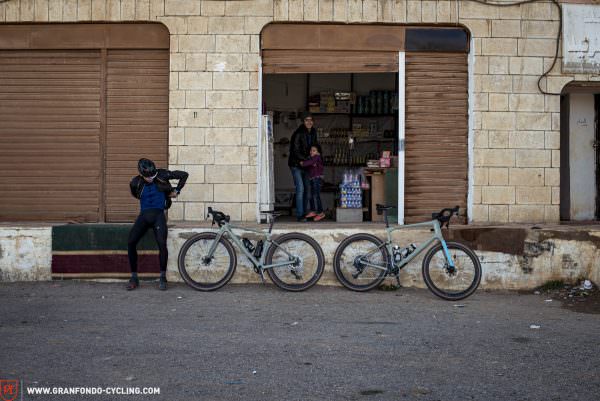

Our trip progresses in ways that were wholly unplanned. Visiting Petra is swapped for a day riding with our new friend Essa, which develops into an invitation to a Bedouin dinner in the desert. It’s one of the first times that we’re happy not to have a schedule, or anywhere to be.
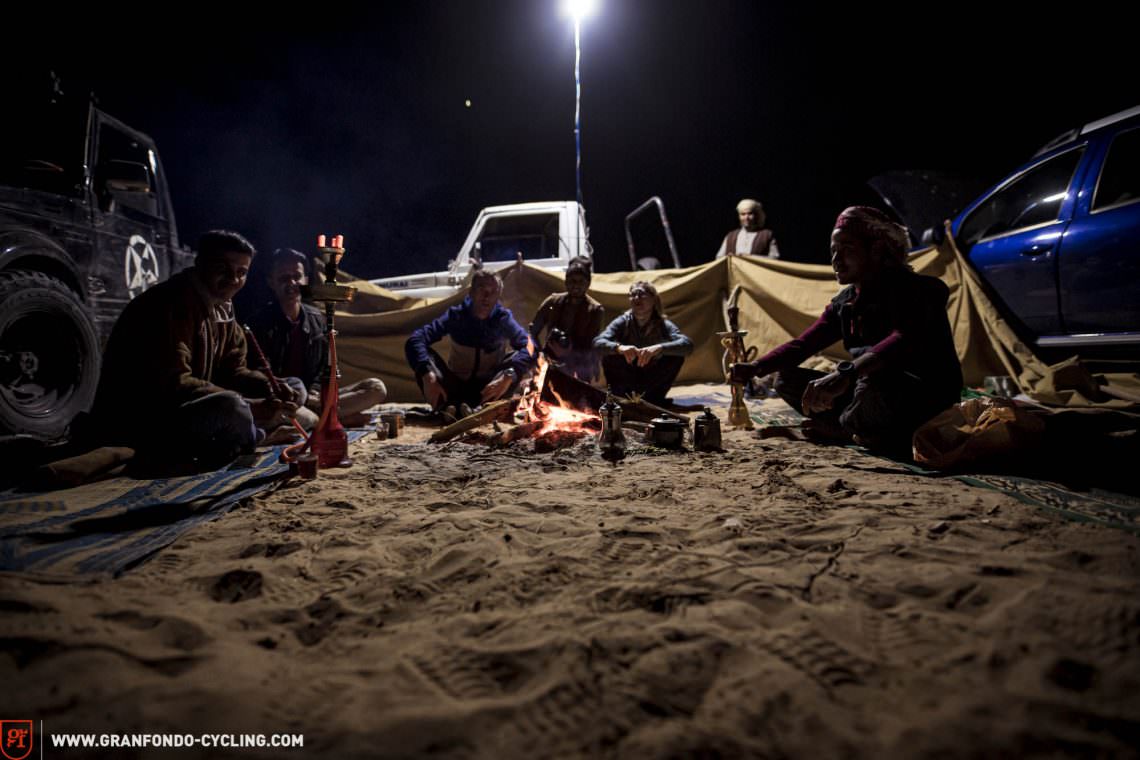
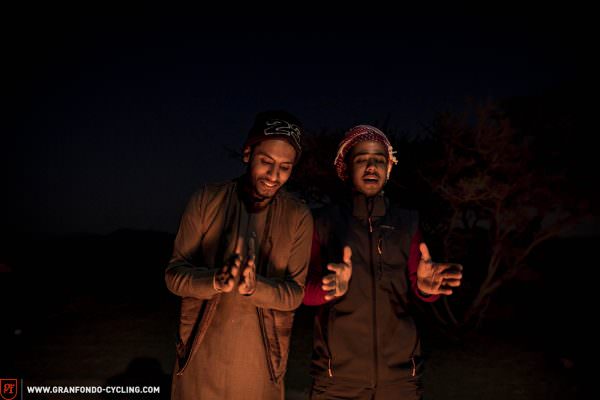

This lack of deadlines and schedule is probably one of the most striking things about Jordan. It’s a culture that is rich in many things, but most notably time. Unlike Europe where our lives are dictated by meetings and deadlines, time is something savoured by everyone who we meet. Whether it’s taking the time to chat, eat, have dinner in the desert or even the simple act of drinking tea, the poignant reflection that this allows, made our seven days feel so much longer. We’re almost certain that recreating the relaxed feeling you get drinking tea in a Bedouin tent will be impossible in our normal day-to-day lives. However remembering and savouring those moments where the loud silence of the desert is broken only by the flap of tent fabric in the wind, and the crackle of the fire that boils tea is something we’ll hold dear from this trip.
What we learned
Jordan is a country that needs to be added to your riding bucket list if you’re into adventures. It may not have the facilities of other, more well-known areas, but the roads and in particular the King’s Highway, are second to none, while the people could not be more helpful.
Gravel-wise it’s a mixed bag. Trails are a challenge to follow, local dogs aggressively protect their herds of sheep and it’s clear that the capability of 4×4 pickups over larger rocks and deep sand far exceeds even the most aggressive 45 mm gravel tyre. But with planning, the ability to react on the fly and an openness to adventure, it’s more than possible to experience this amazing country on two wheels.
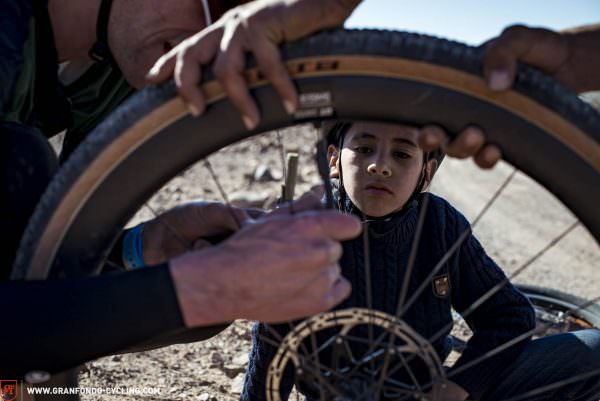

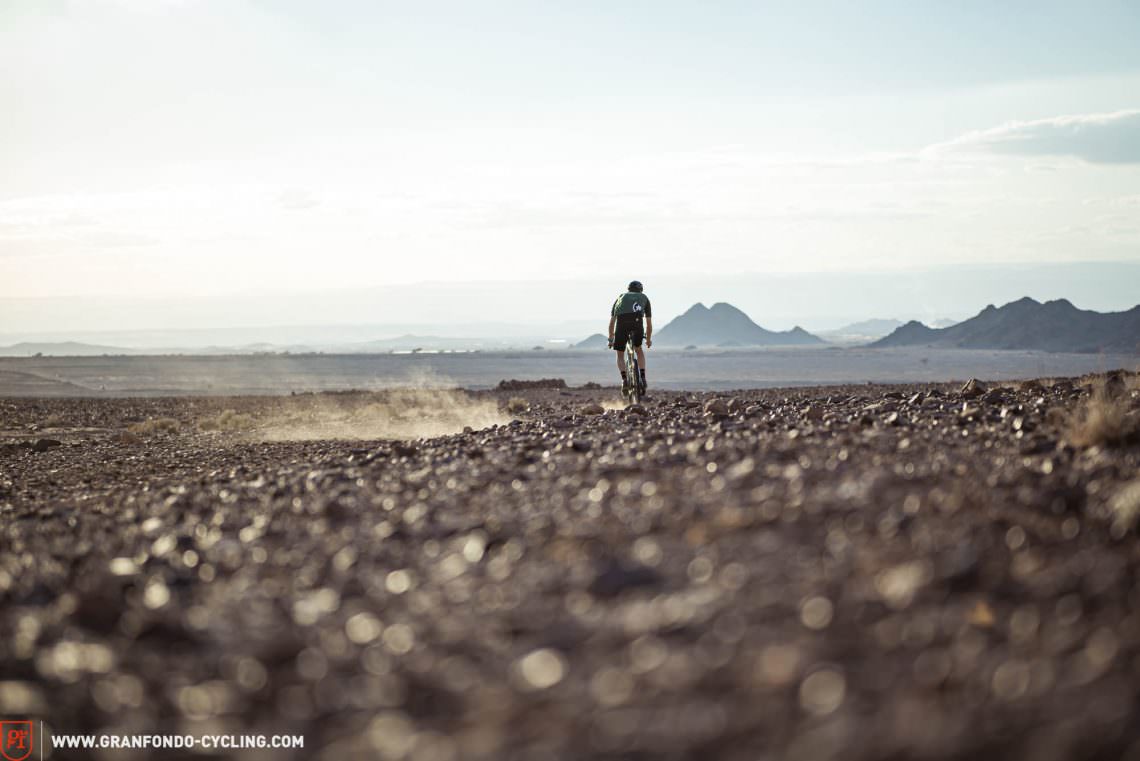
Cycling is a sport that’s not really a sport out here. It is reserved for kids, and definitely not actively encouraged for adults (especially not women, but that’s a topic for another day). However, with work being done by Wadi Araba Cycling and potentially flourishing bike tourism, we’re confident that this could change.
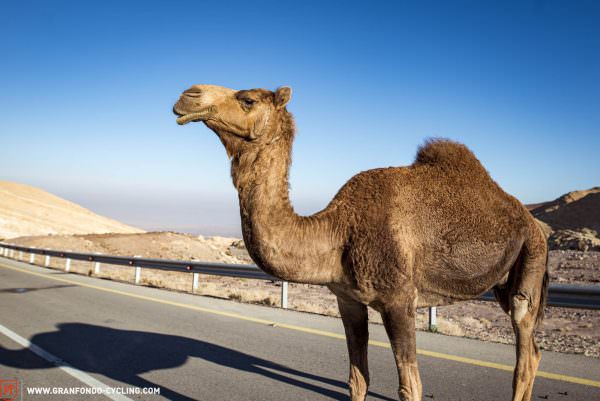

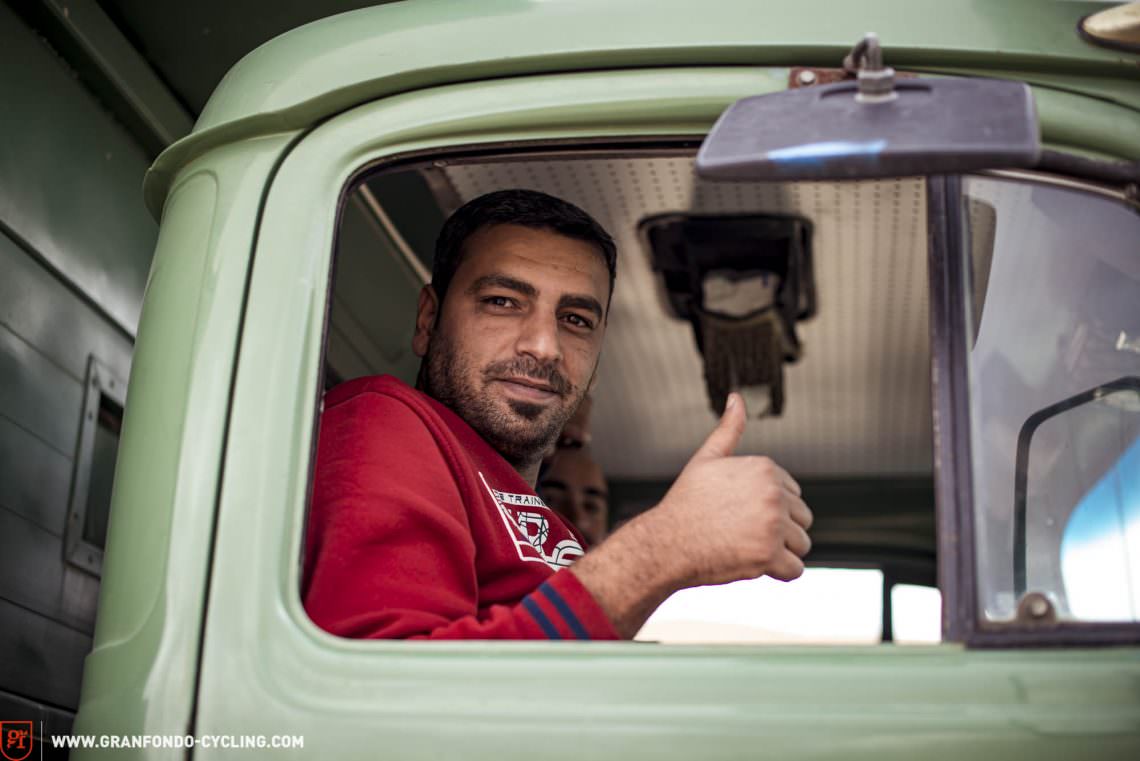
When to go
High tourist season runs from March to October. The high mountain plateau (where you’ll find much of the best riding) is cold in December and January and most accommodation is unheated. However, if wrapping up in a sleeping bag with thermal pyjamas is the price to pay for avoiding hordes of tourists, we’re all for it.

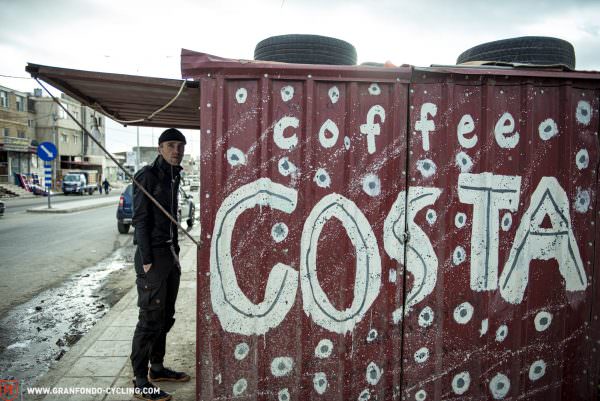
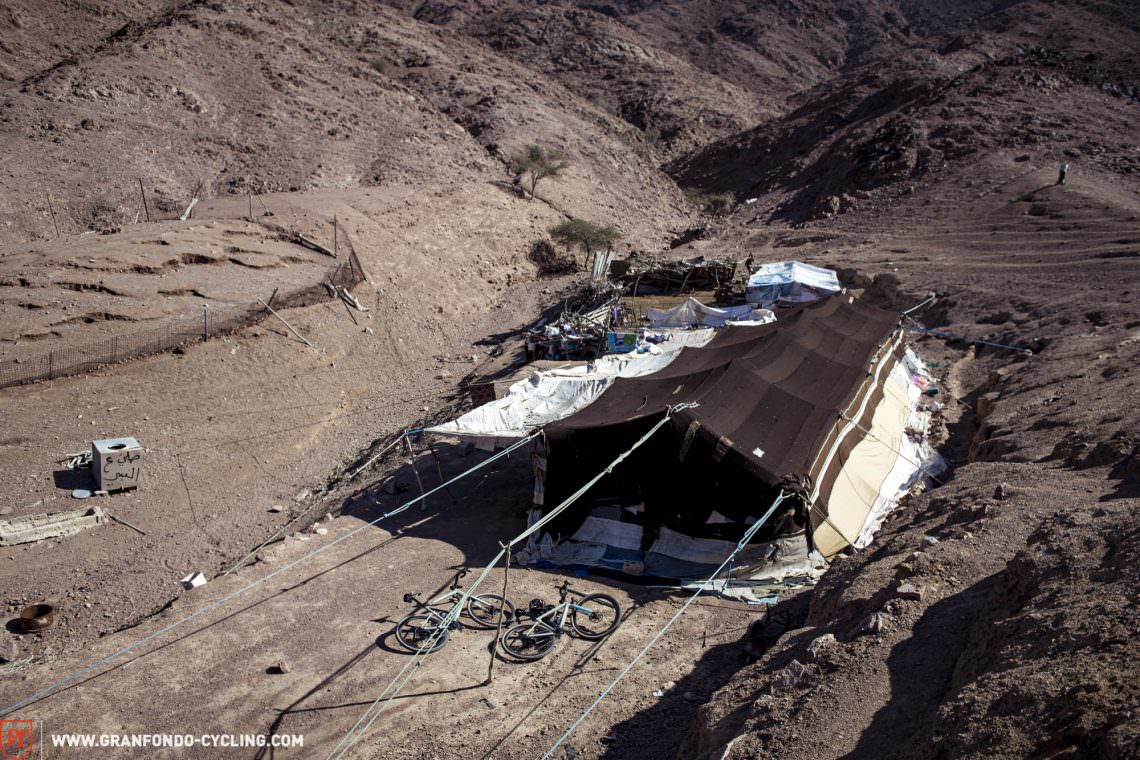
How to get there
Easyjet goes from many European hubs to Aqaba or Amman. Amman is more progressive, Aqaba waives the visa fees. You decide.
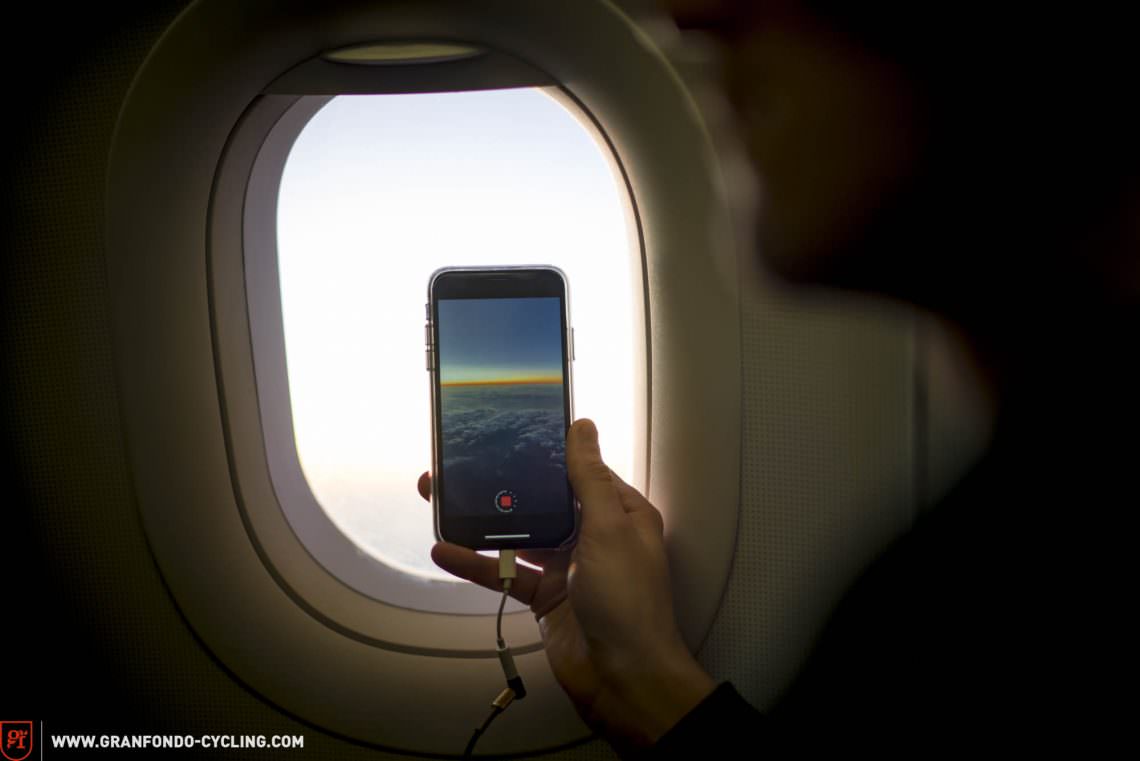
What we rode
We rode the new BMC URS ONE on our trip, with 1×12 SRAM Red ETAP AXS, and often had to use the 50t cog at the back. For tyres we had WTB Resolute 42mm, though we’d recommend taking some spares because the gravel here is very harsh and we didn’t see any bike shops during our riding. Our backpack was from EVOC, which housed our streamlined camera gear consisting of a NIKON D800 with F1.4 50 mm, F1.4 20 mm and F2.8 24–70 mm. Helmets were from MET.

Who to know
This is key when it comes to visiting the Middle East. By a strange chance of fate we met Essa, not just one of the most enthusiastic and ambitious guides around but also perhaps one of the best connected in the country. Heard of Feynan Eco Lodge? He happens to live next door. For all of our riding and adventuring questions, he provided the answers. He introduced us to Ahmed from Wadi Araba Cycling, a not-for-profit initiative in the town of Qurayqura (Greigra) that distributes donated bikes and encourages cycling. Alongside maintaining a fleet of mountain bikes for hire, Ahmed is also the guy to contact for point-to-point bike rides as he can fix luggage transport and help with routes.
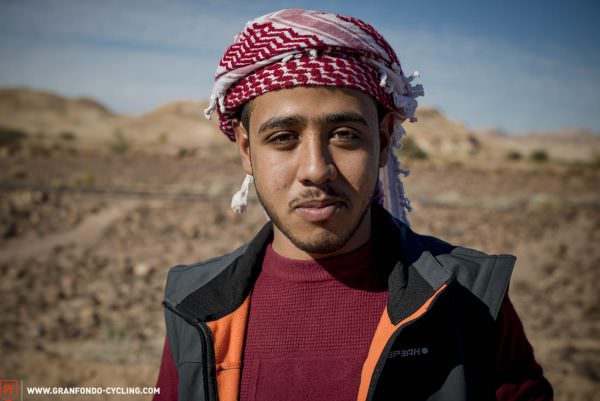
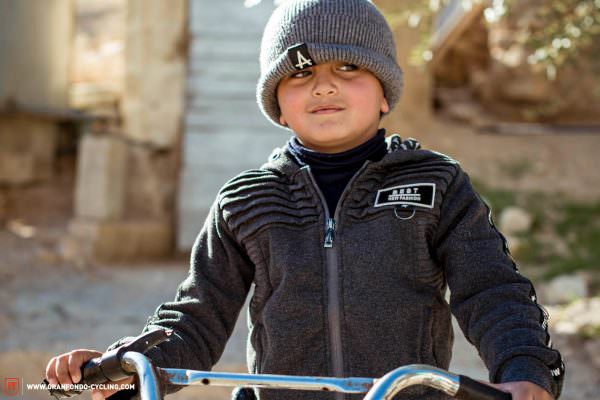
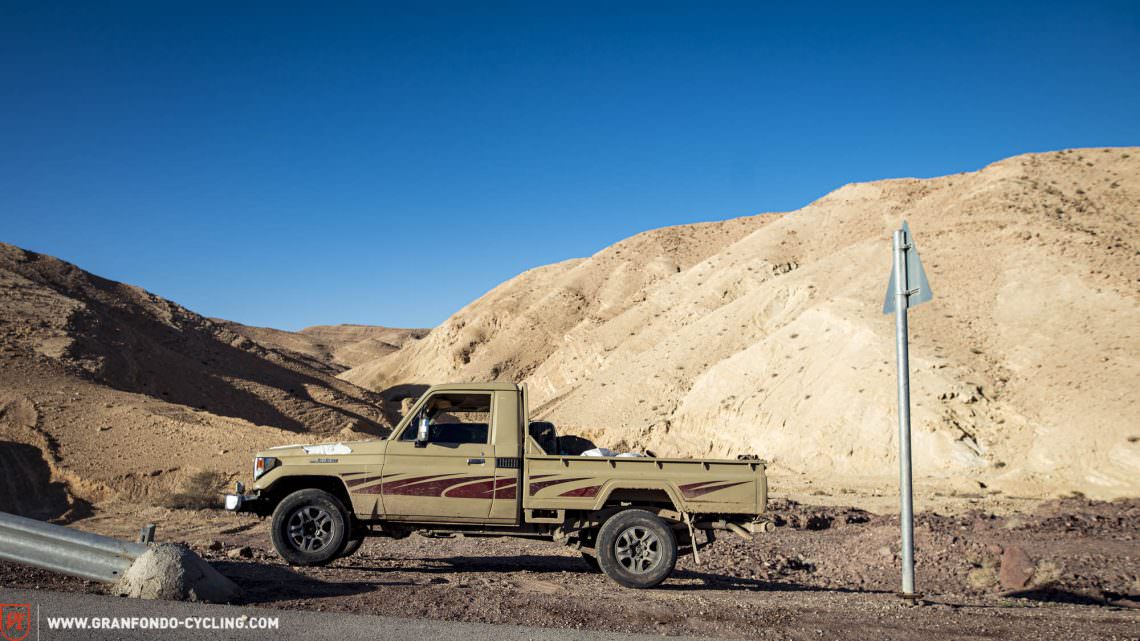
A special thanks goes out to Essa for helping out with many things during our trip. We also want to thank BMC Bikes and MET helmets, because without them our week of riding would not have happened. Finally šukran to all the kind Jordanians we met en-route, whose generosity and warm welcomes turned a few bike rides in amazing locations into a truly cultural experience and one that we’ll not forget for a long time.
In our Komoot collection, you can find all routes we’ve made.
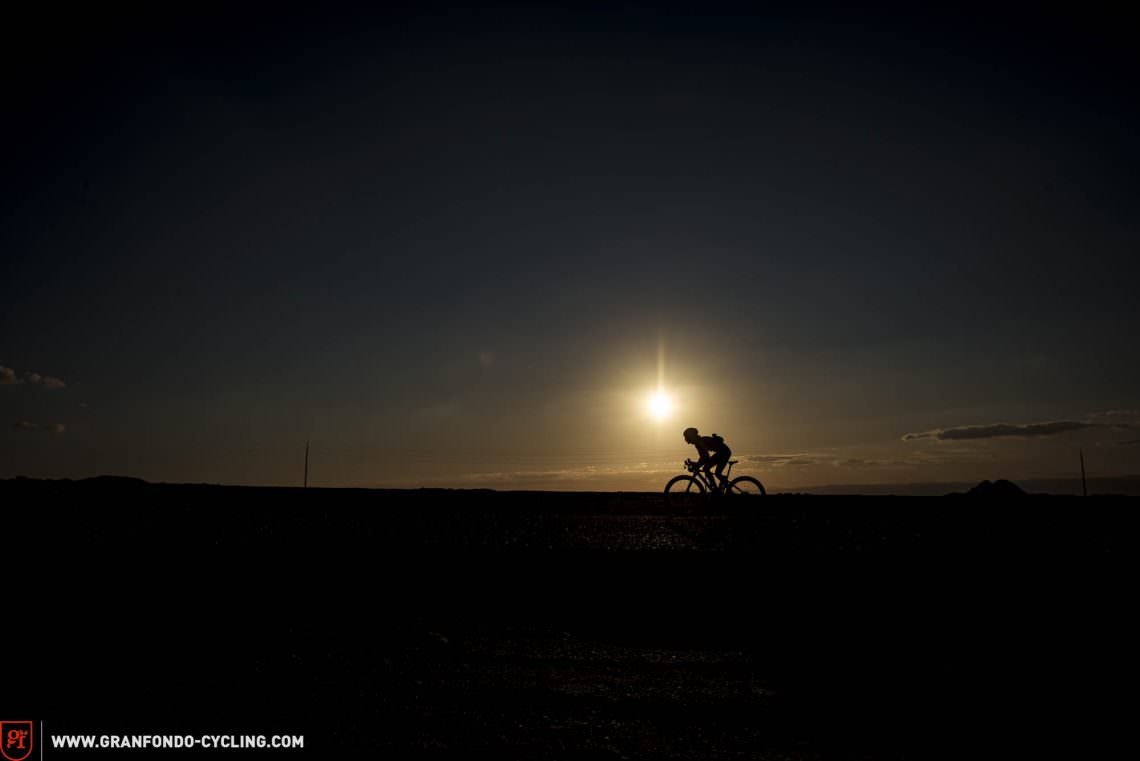
Did you enjoy this article? If so, we would be stoked if you decide to support us with a monthly contribution. By becoming a supporter of GRAN FONDO, you will help secure a sustainable future for high-quality cycling journalism. Click here to learn more.
Words & Photos: Emmie Collinge & Phil Gale


